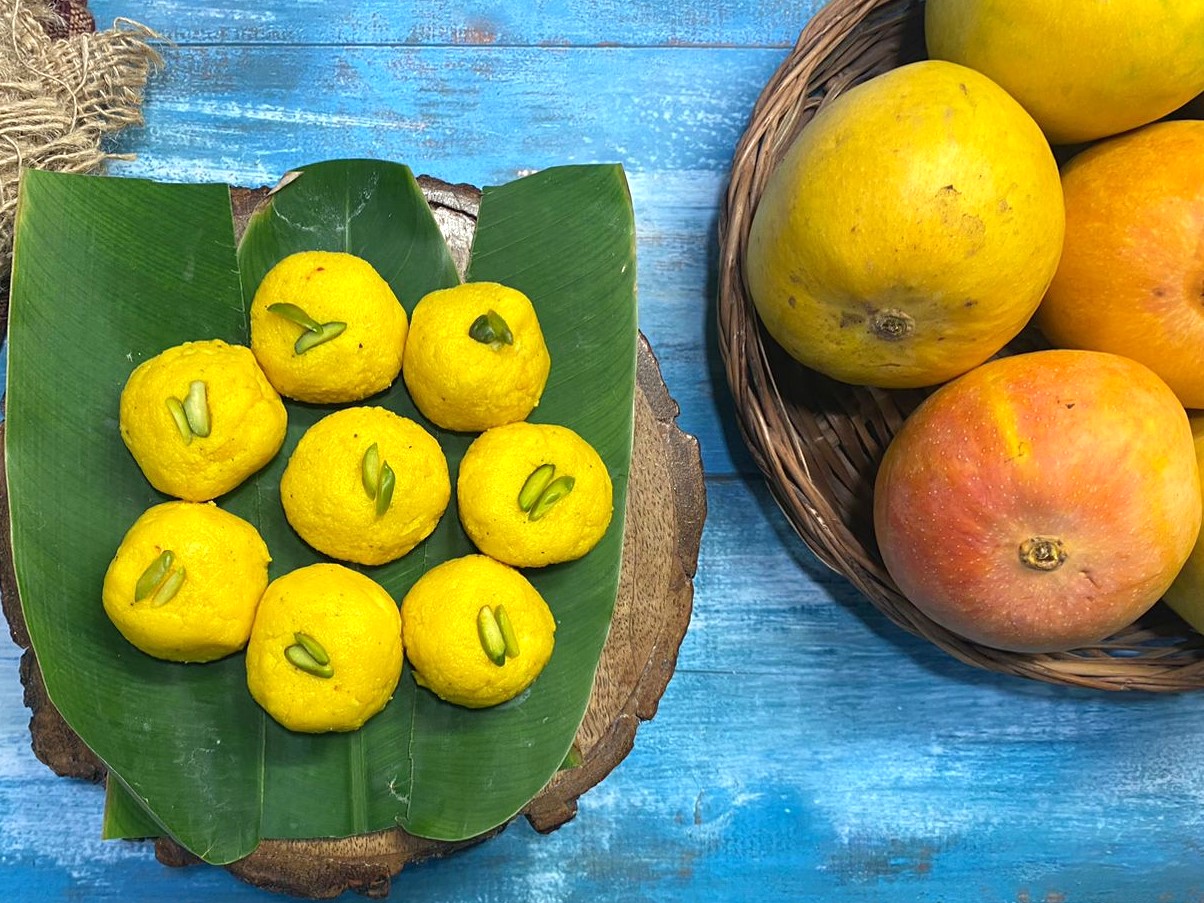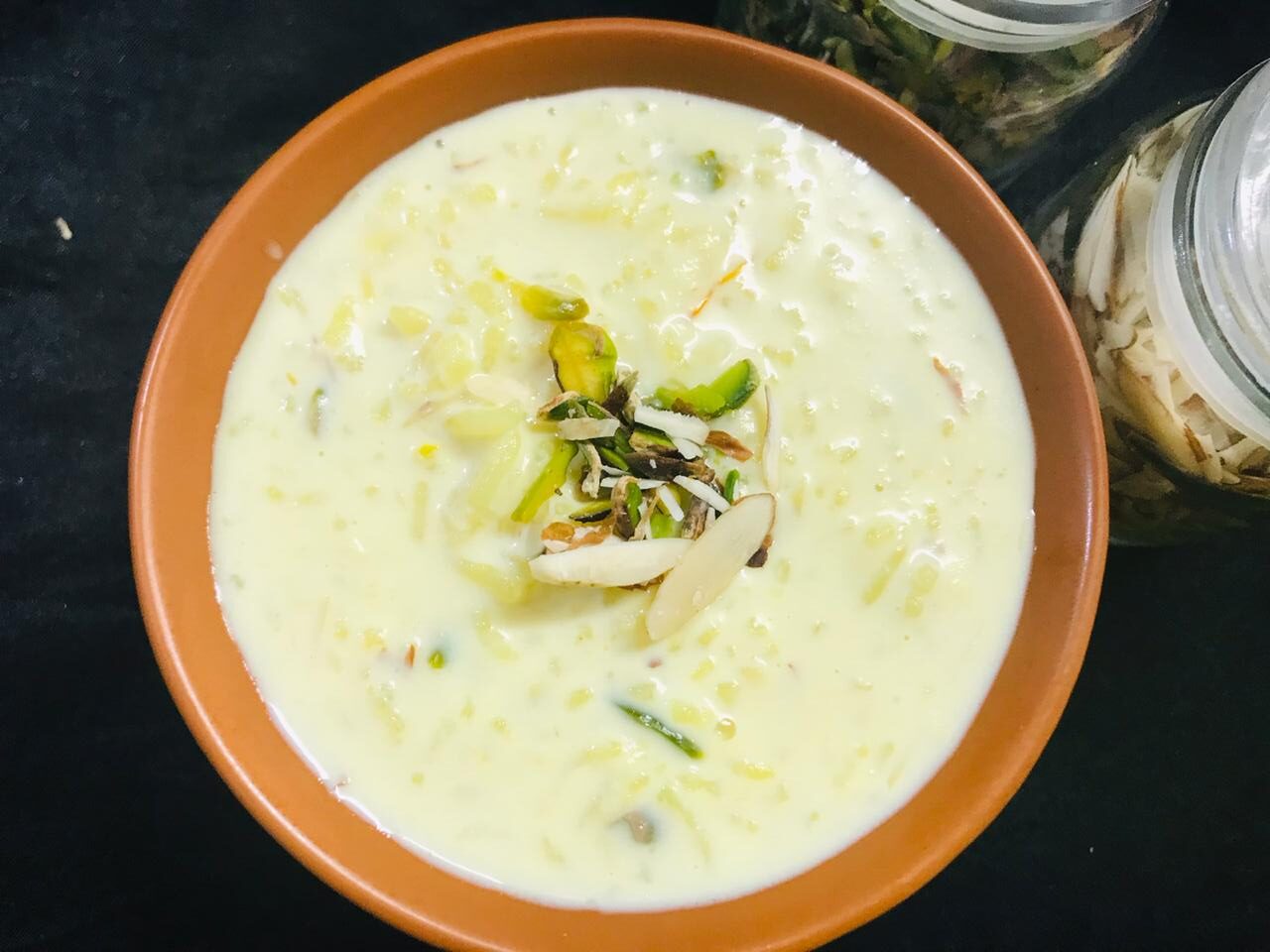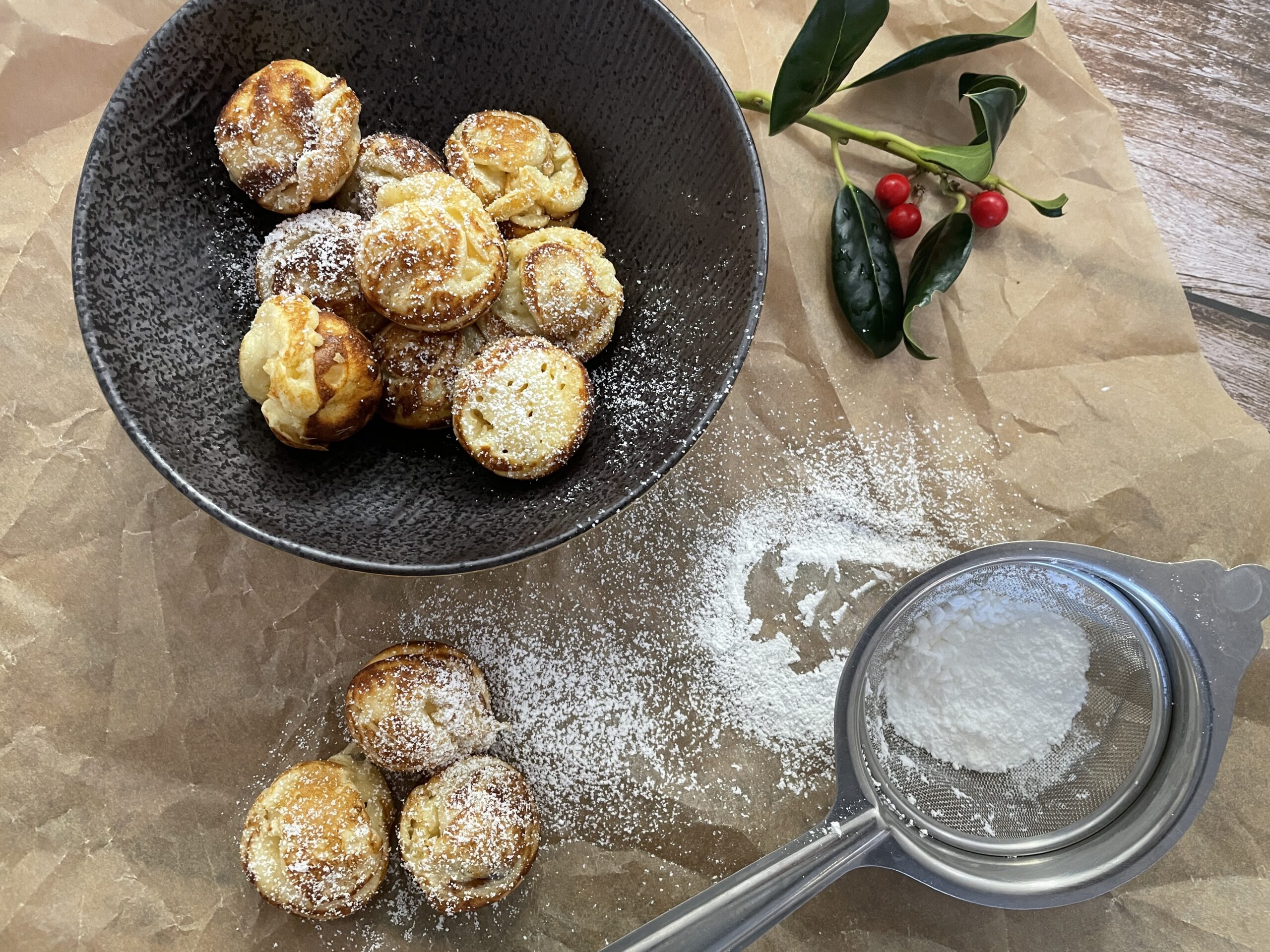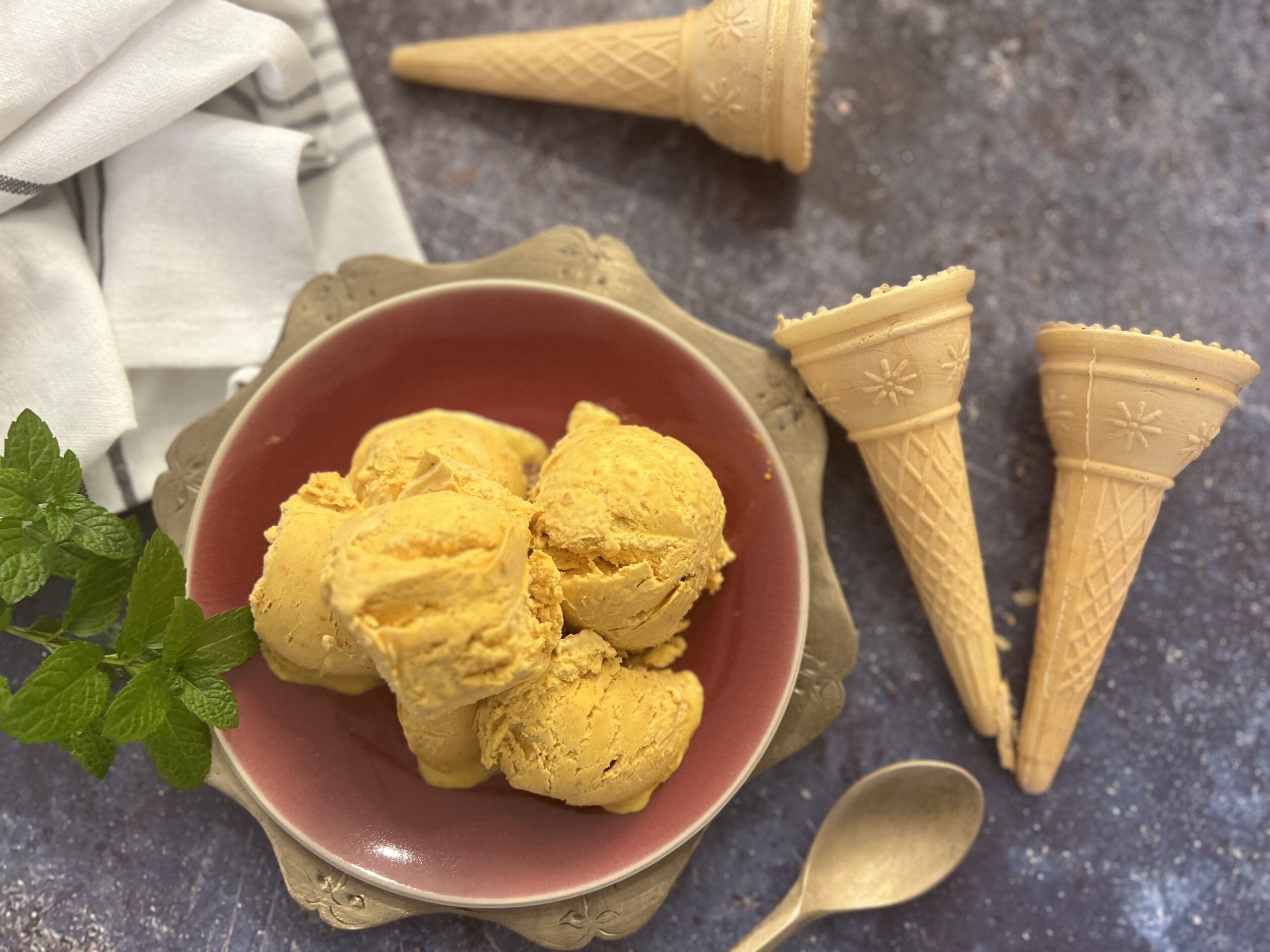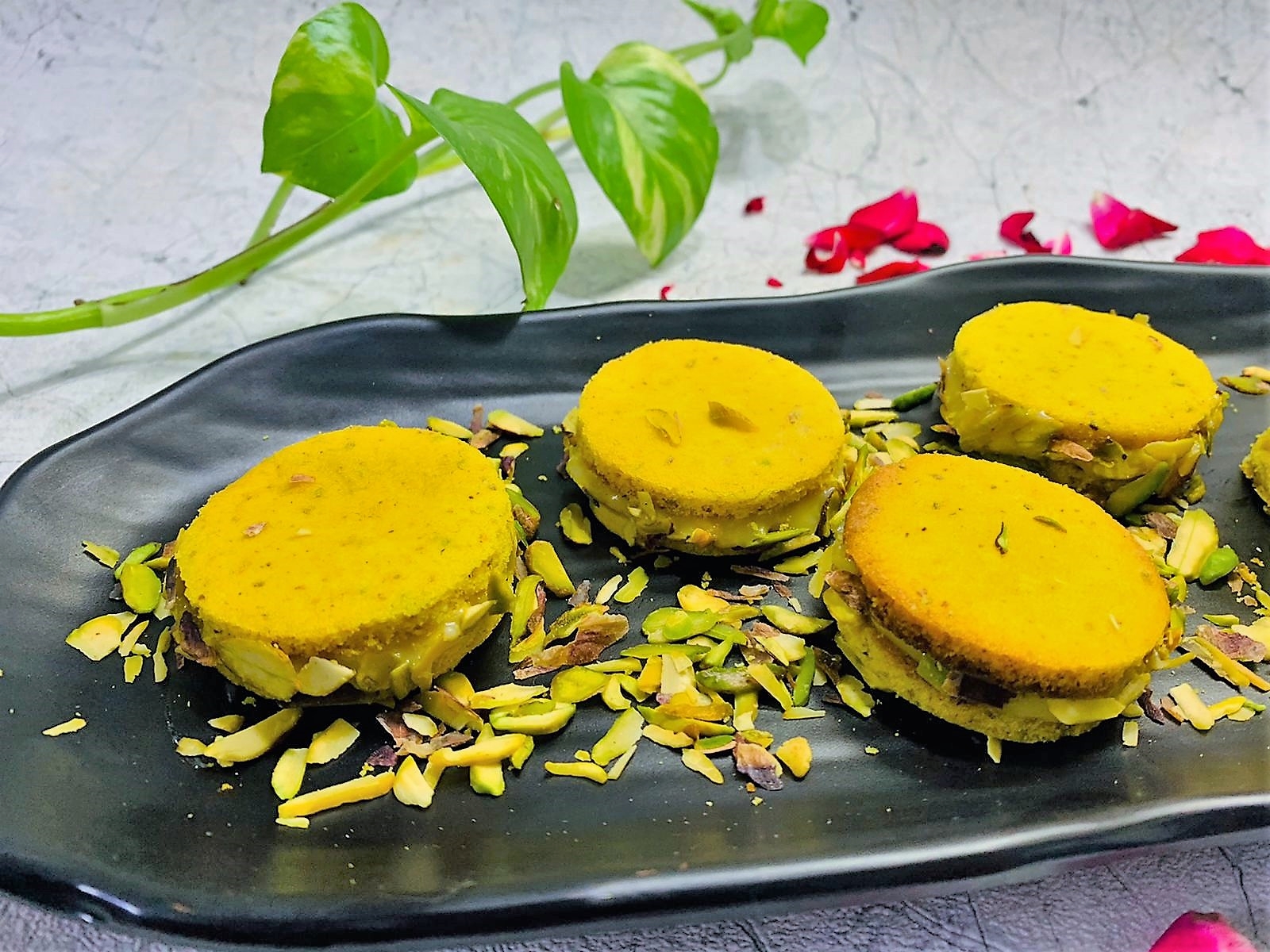Mango Sandesh
Mango Sandesh (Sondesh) is a delightful Bengali sweet prepared with chena/paneer and fresh mango pulp.
Sandesh is a light, soft dessert that melts in your mouth. It’s particularly popular during Indian festivals such as Navratri (Durga Puja), Poila Baisakh (Bengali New Year), and Diwali, especially in Kolkata, India. With a variety of flavours, each Sandesh has a unique taste and form. The word Sandesh/Sondesh translates to ‘message/news,’ and traditionally, gifting a box of Sandesh symbolizes the sharing of good news or celebrations. Today, I’m sharing the recipe for Mango Sandesh, a seasonal treat.
The foundation of all Sandesh varieties is ‘chena,’ a cheese curd made by curdling milk. The distinct flavours and sweeteners added create the different varieties.
Mango Sandesh is a seasonal dessert, typically available in the summer due to the plentiful supply of fresh mangoes. My Mango Sandesh recipe is quick, simple, and ideal for the summer months when you desire a light, fruity dessert. While traditionally the chena is hand-kneaded to achieve ultra-smoothness, I opt for a food processor for a faster version.
In the summer, I enjoy preparing various mango desserts. Some of the mango recipes I frequently make during the season include Eggless Mango Cake, Mango Mojito, and Stuffed Mango Kulfi. You might also enjoy other mango recipes like Layered Mango Sandesh,
Mango Rabri, and
Ingredients
1 litre cow milk
Juice of 1 lime
½ cup castor sugar
½ teaspoon cardamom powder
Few saffron strands
2 tablespoons milk
½ cup mango pulp
¼ cup milk powder
Ghee for greasing hands
1 teaspoon finely chopped unsalted pistachios
Directions
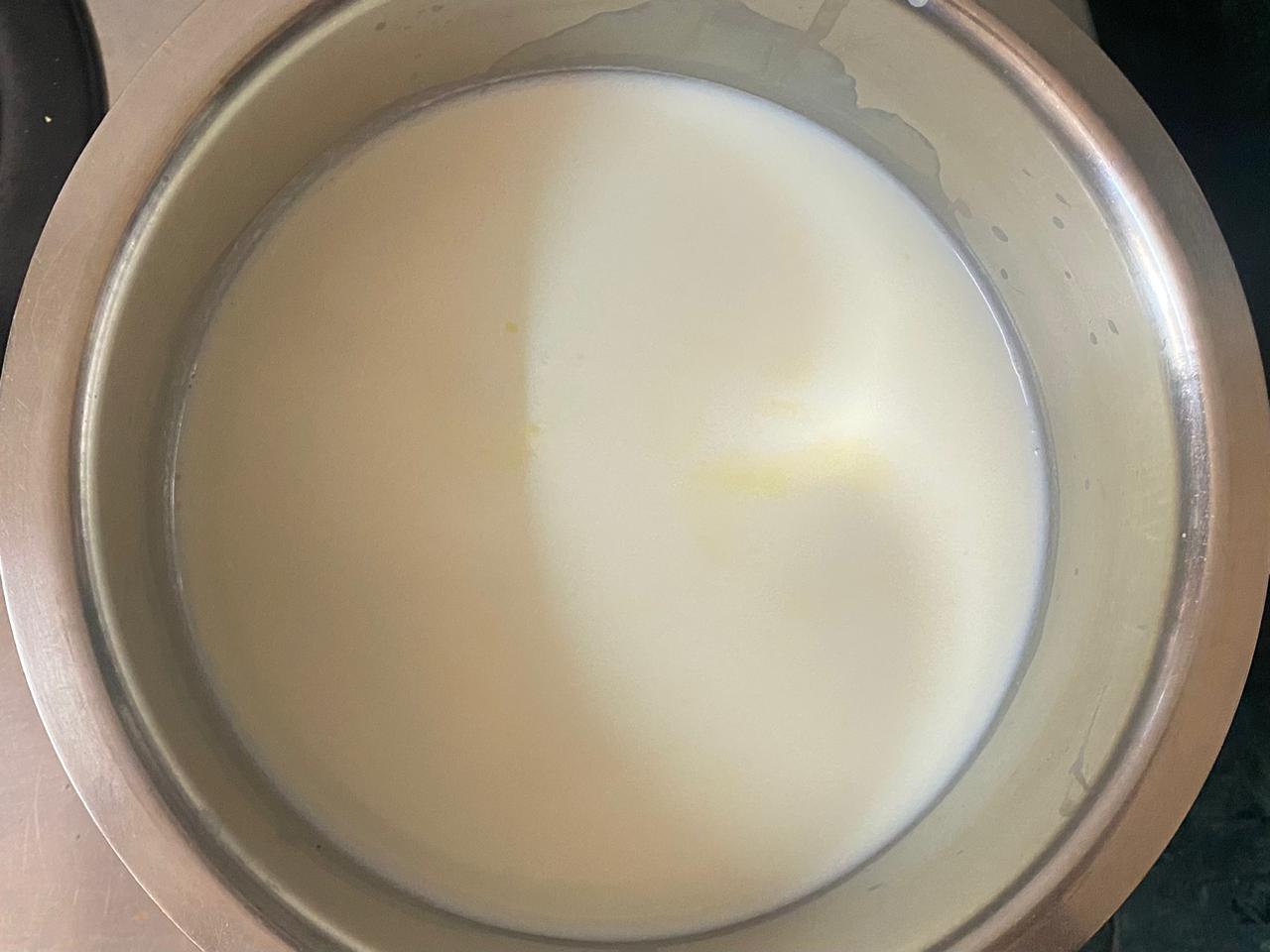
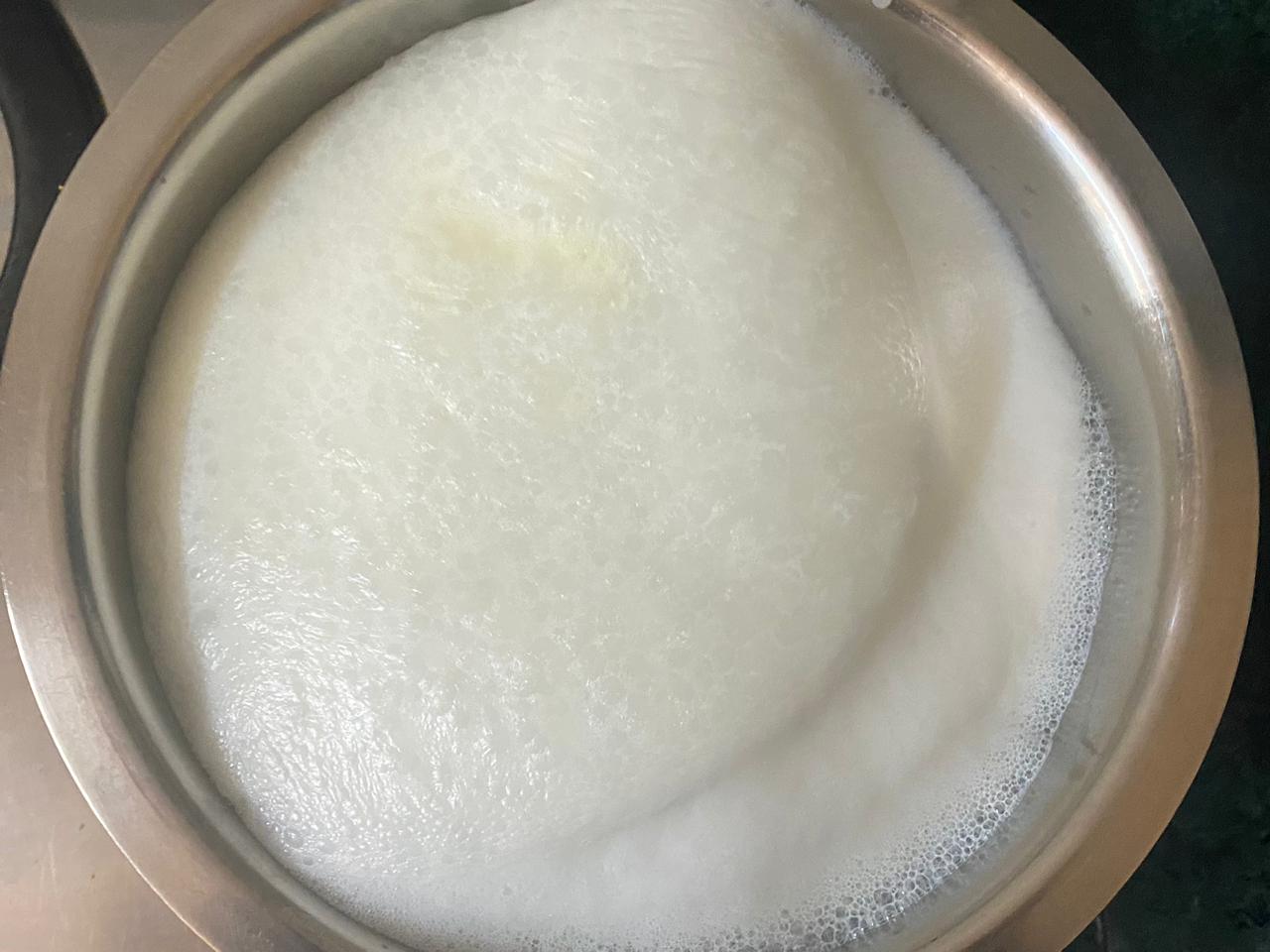
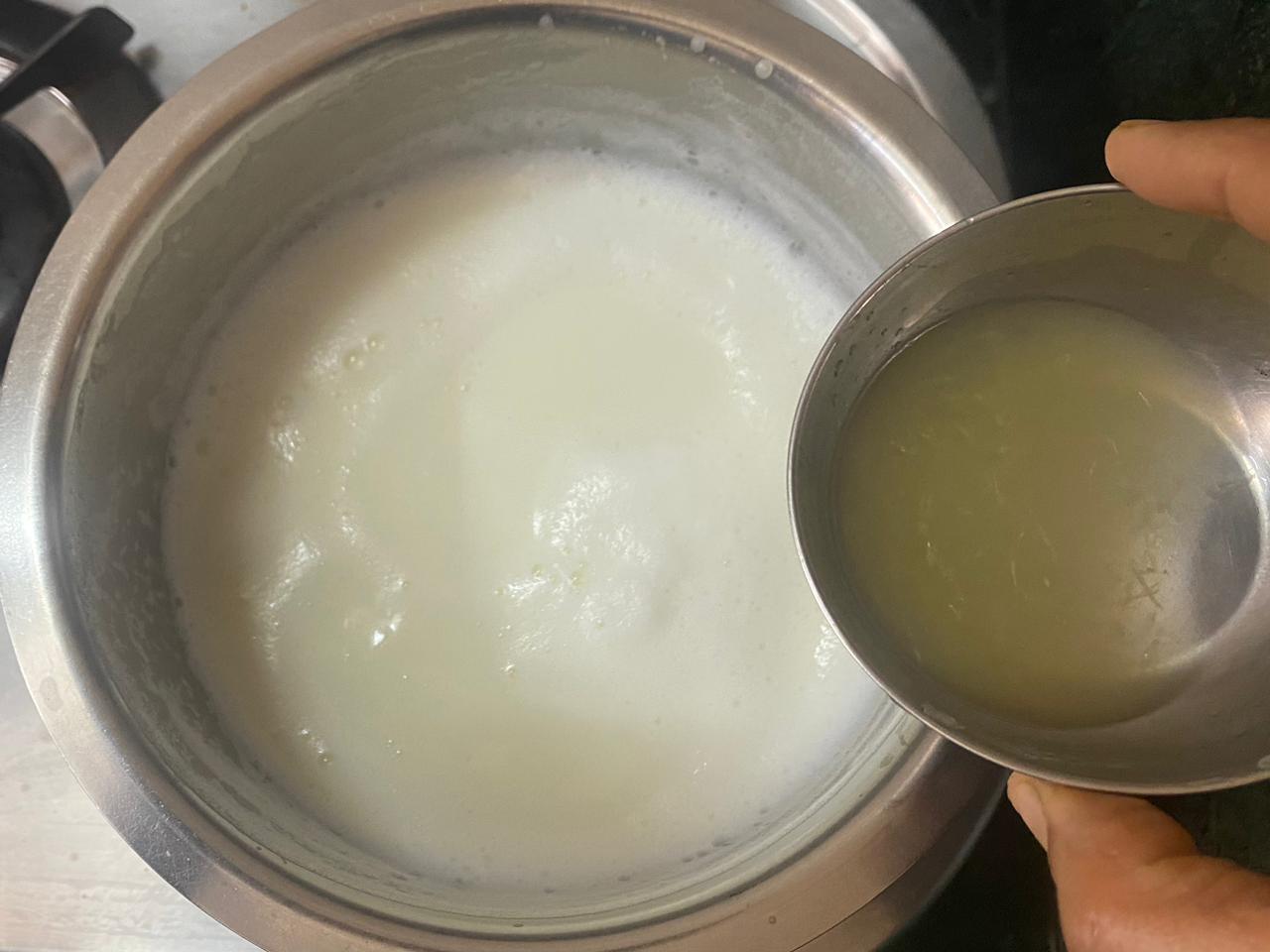
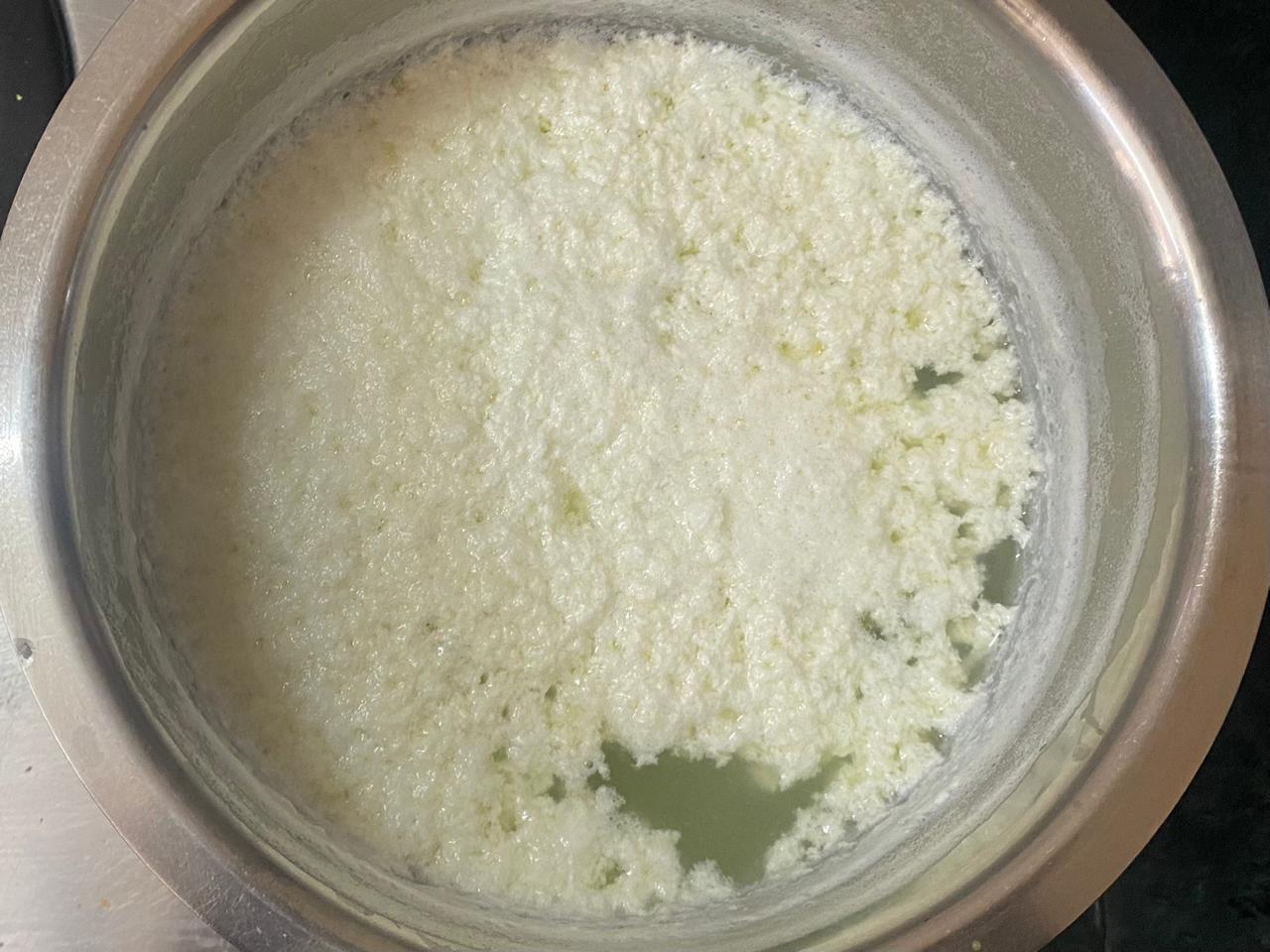
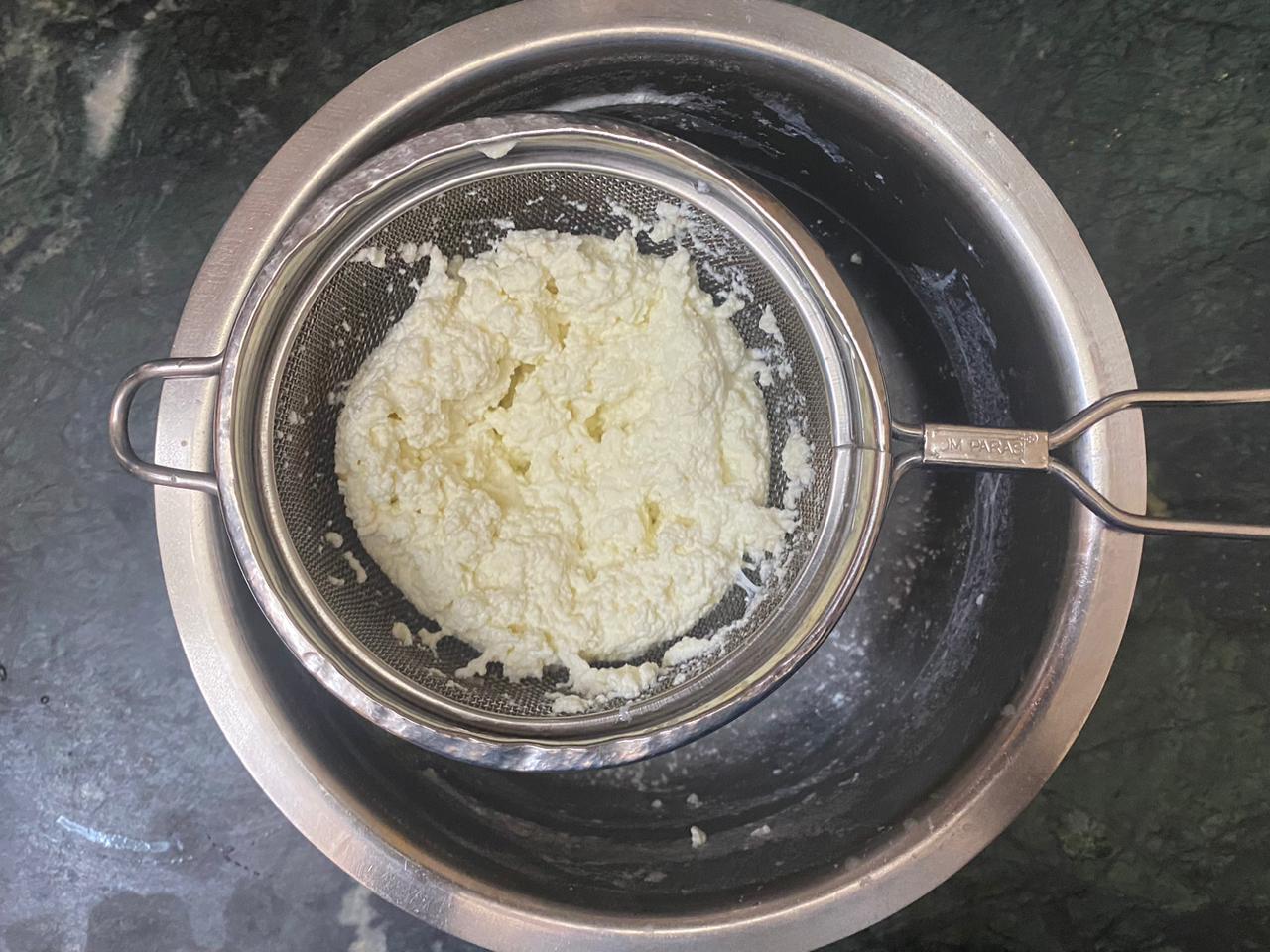
Pour the milk into a large pan and bring it to a boil over medium heat. Once the milk has boiled, pour in the lime juice. Give it a stir, and you should see the milk curdle immediately. You can add 1 more tablespoon of lime juice if it does not curdle. Let the contents cool for 5 to 10 minutes.
Strain the milk curds through a strainer. Rinse the milk curdle under cold water to wash out the lime juice.
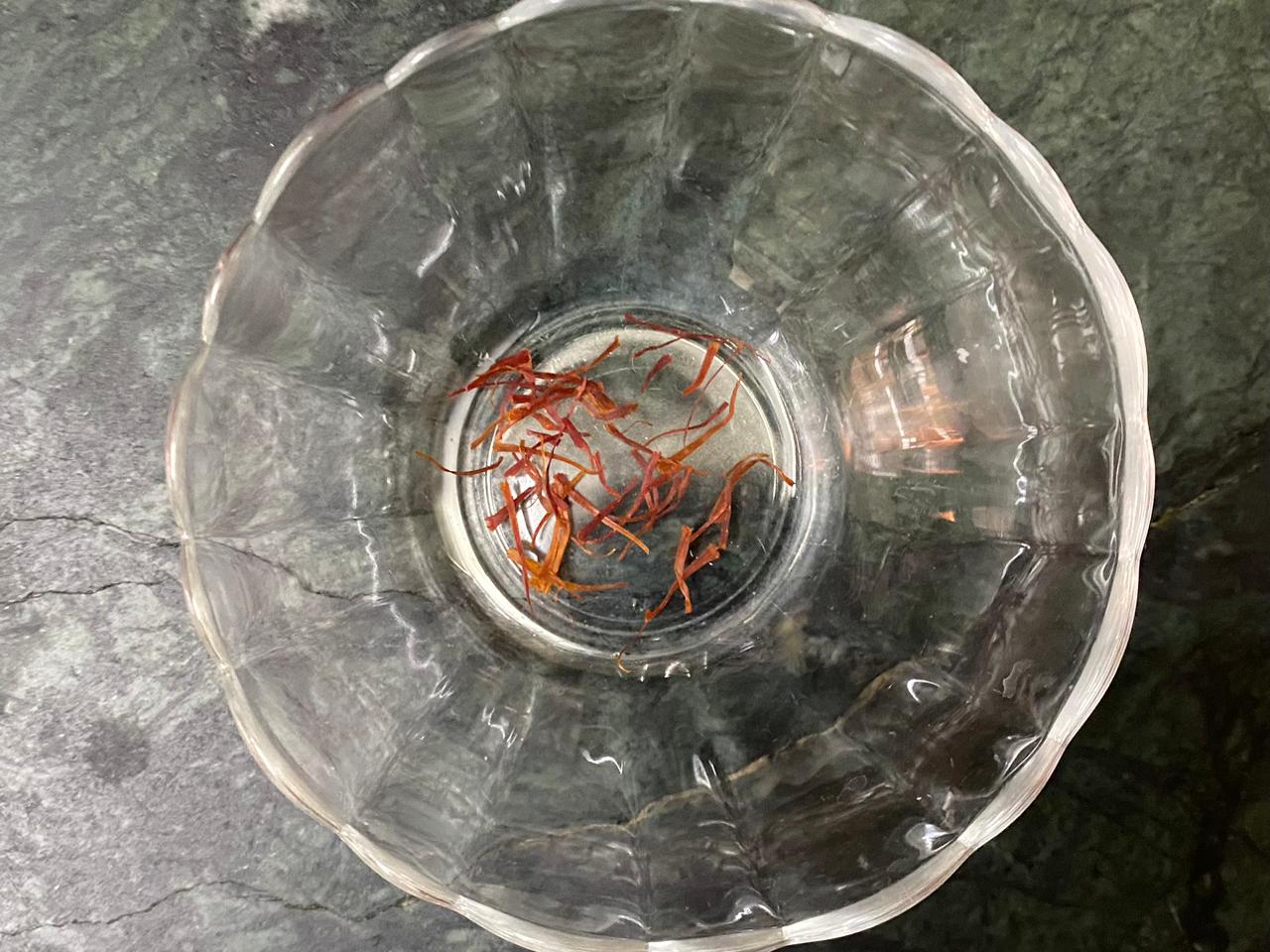
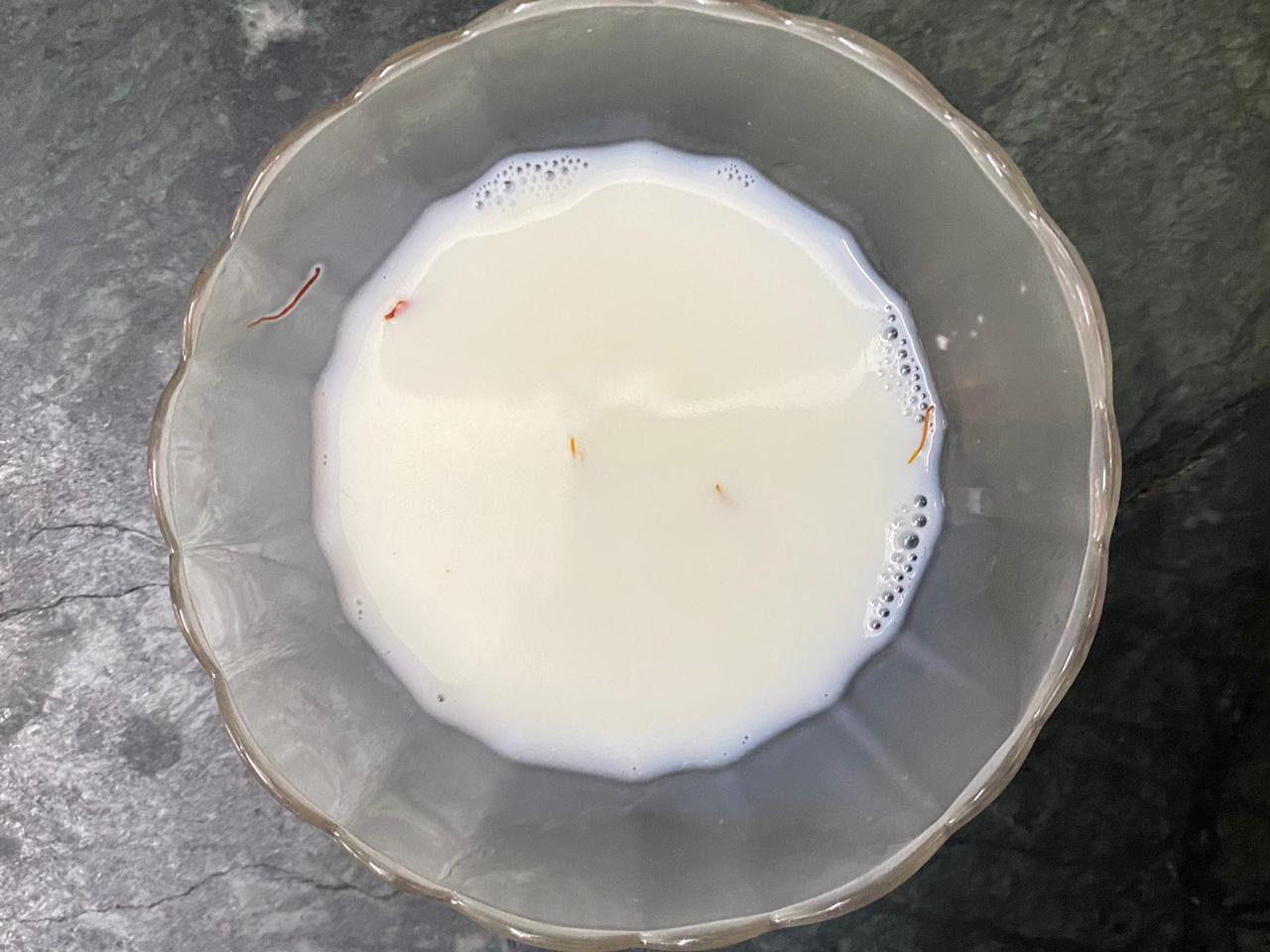
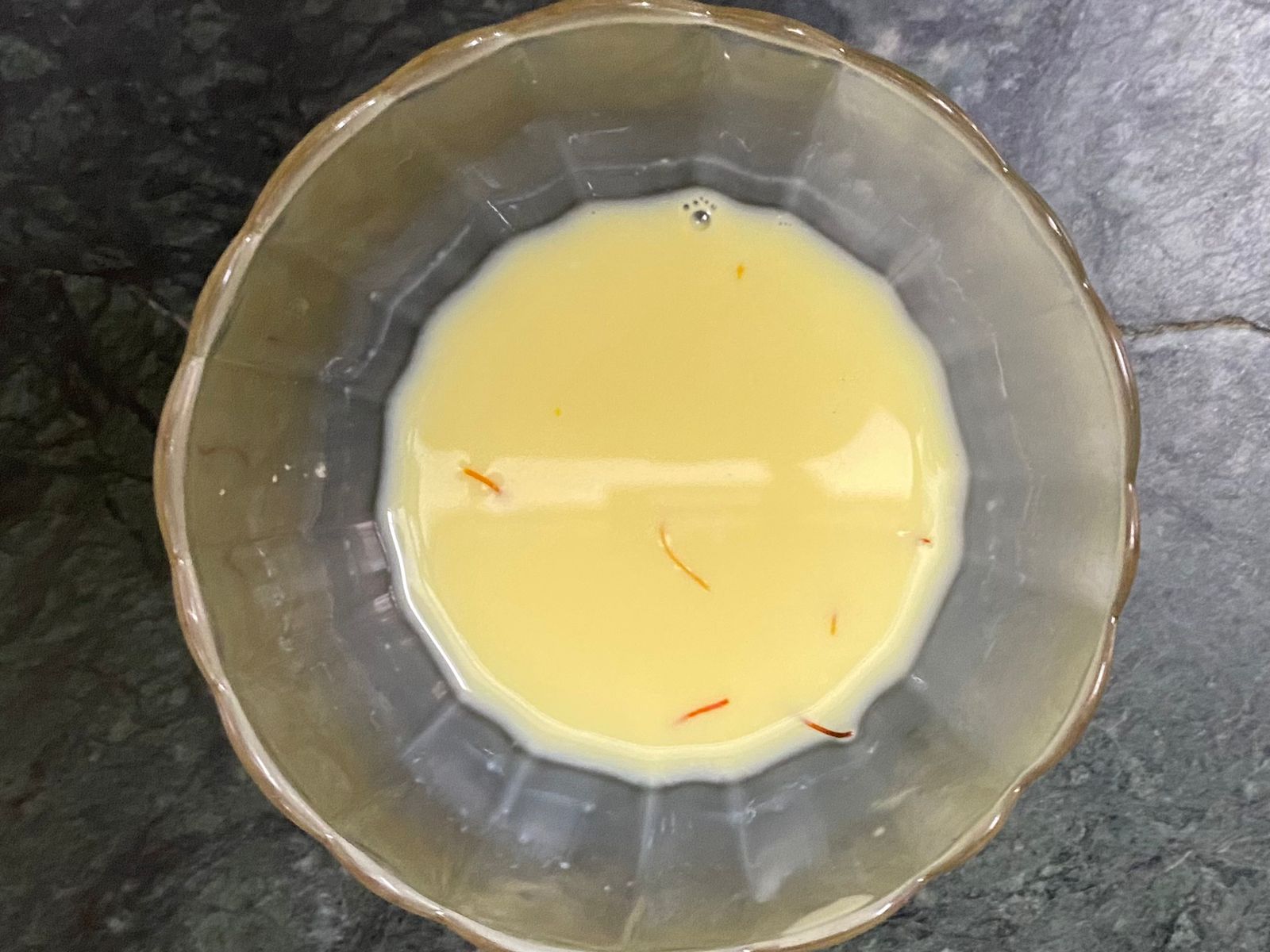
Soak saffron strands in warm milk for about 10-15 minutes.
Squeeze off the excess water from the paneer. We need moist paneer so make sure there is no excess whey or water in the paneer.
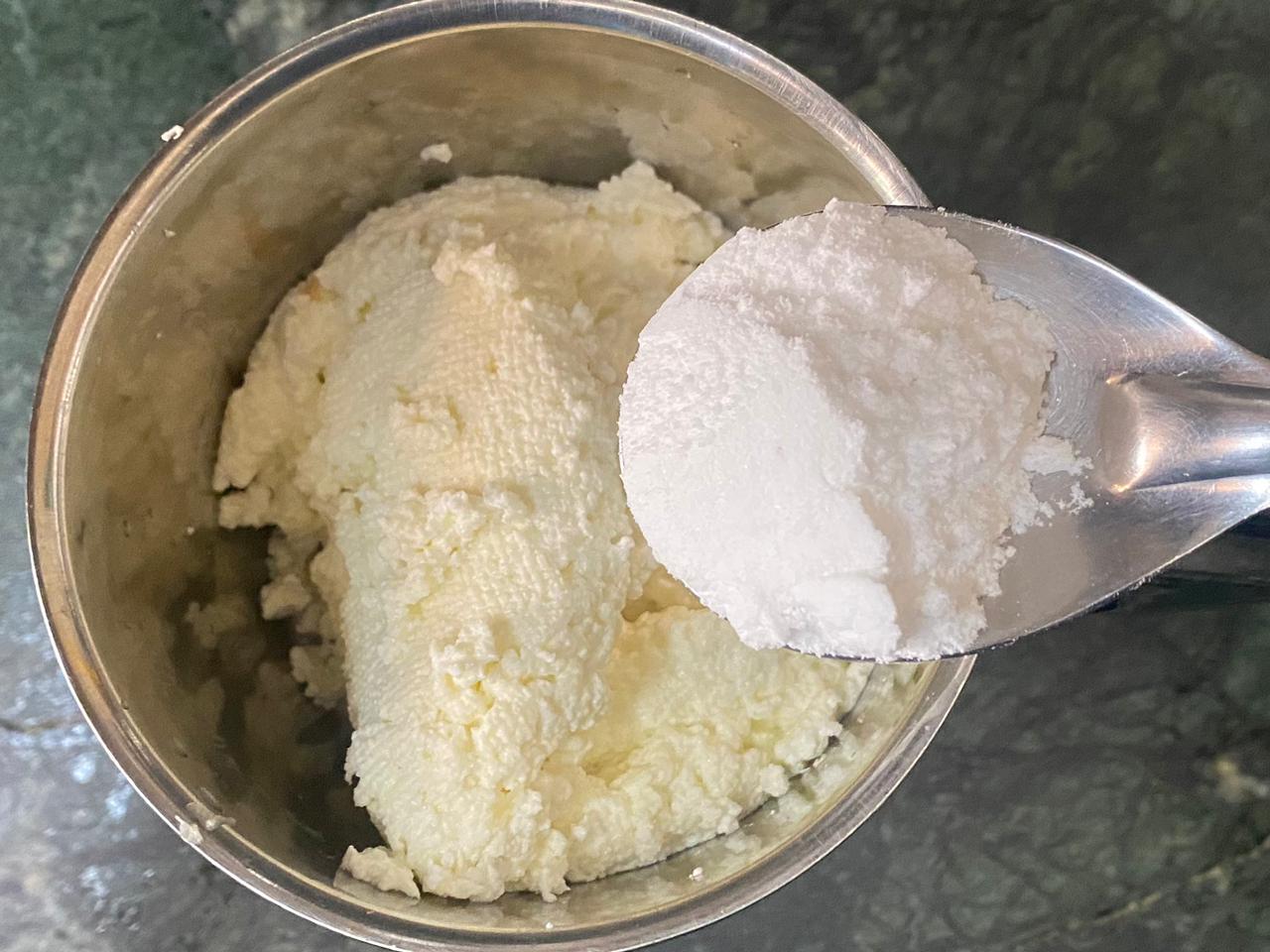
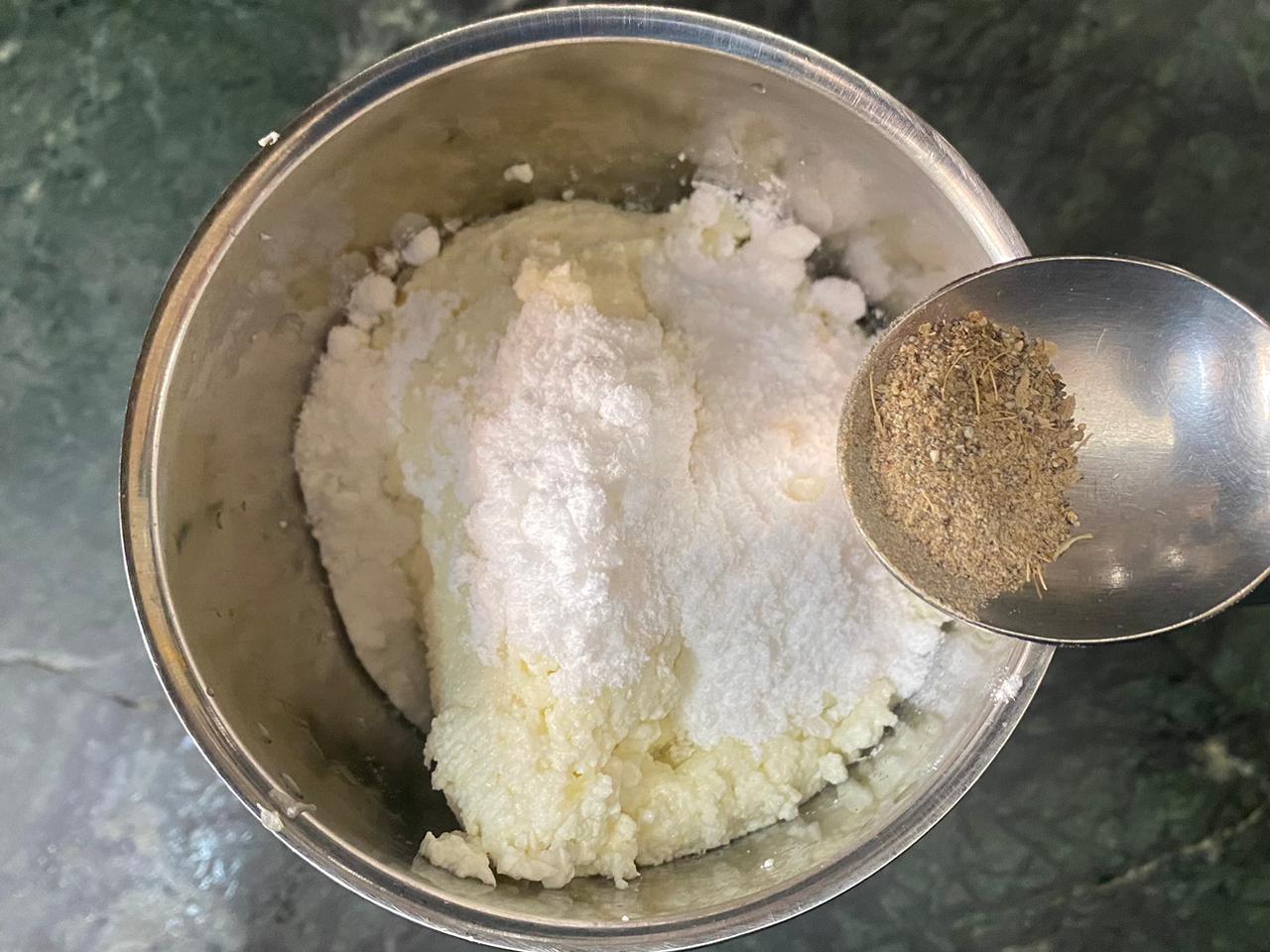
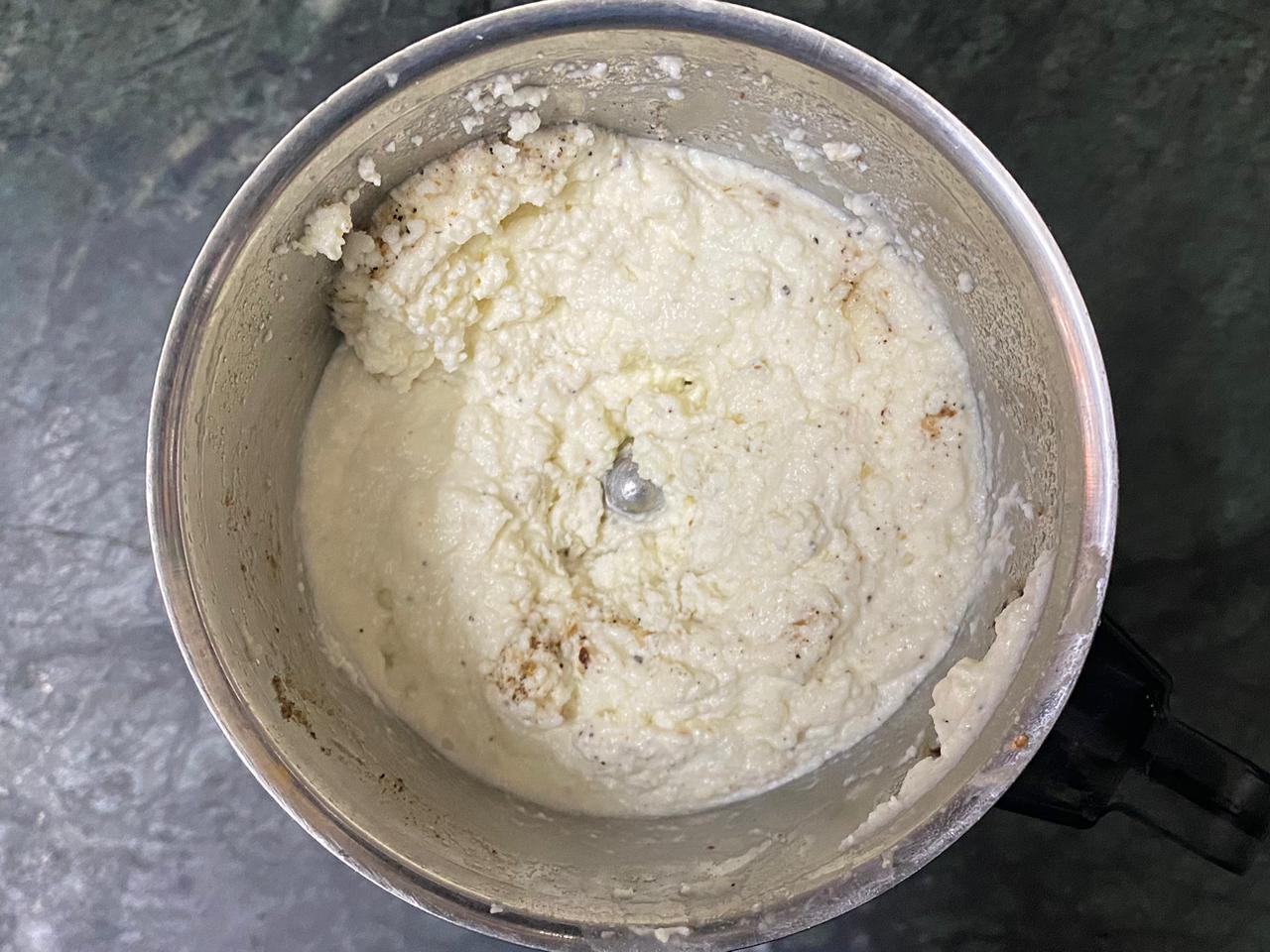
Pulse the chena, castor sugar and cardamom powder for 2-3 seconds for a quick mix.
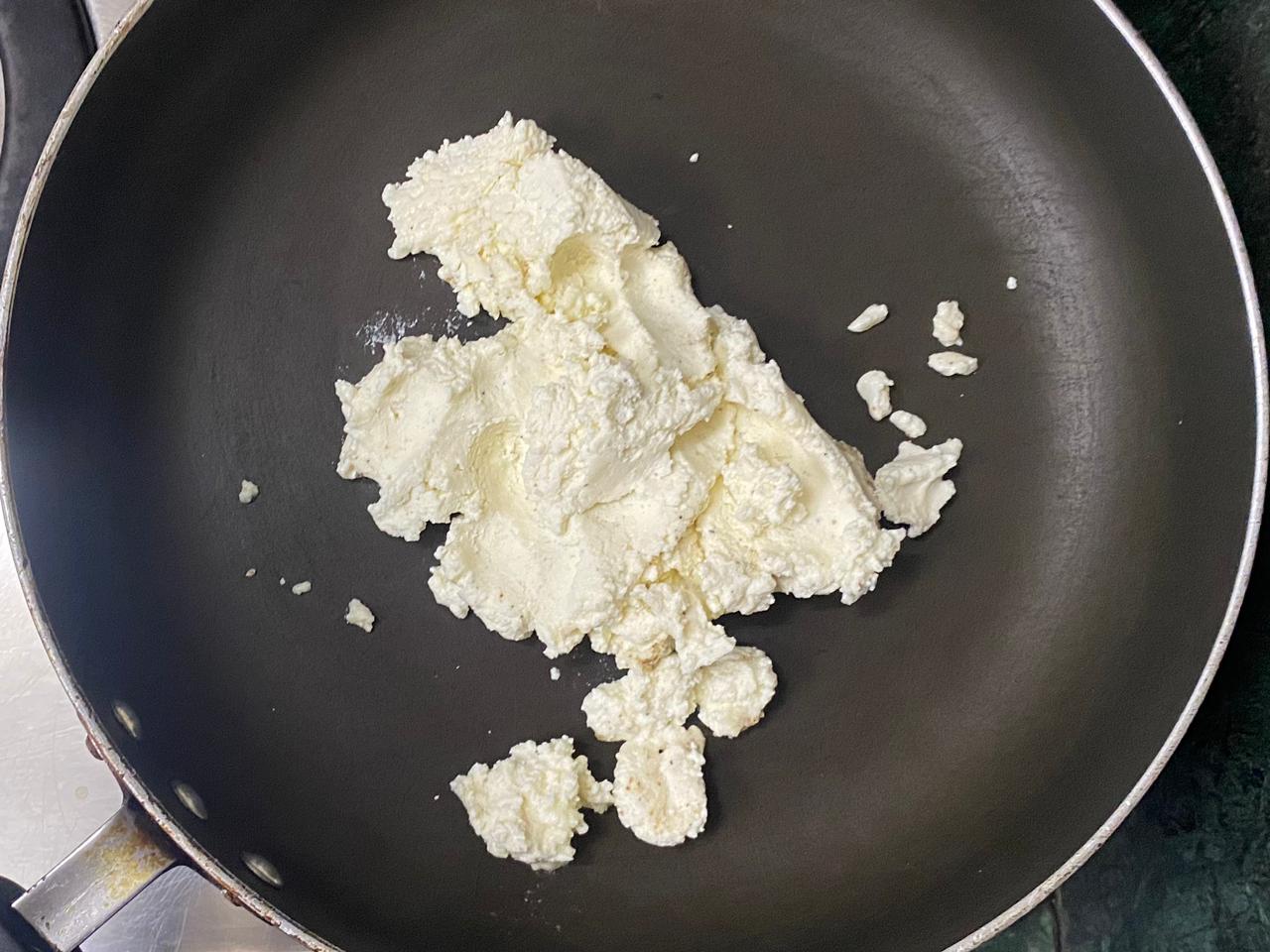
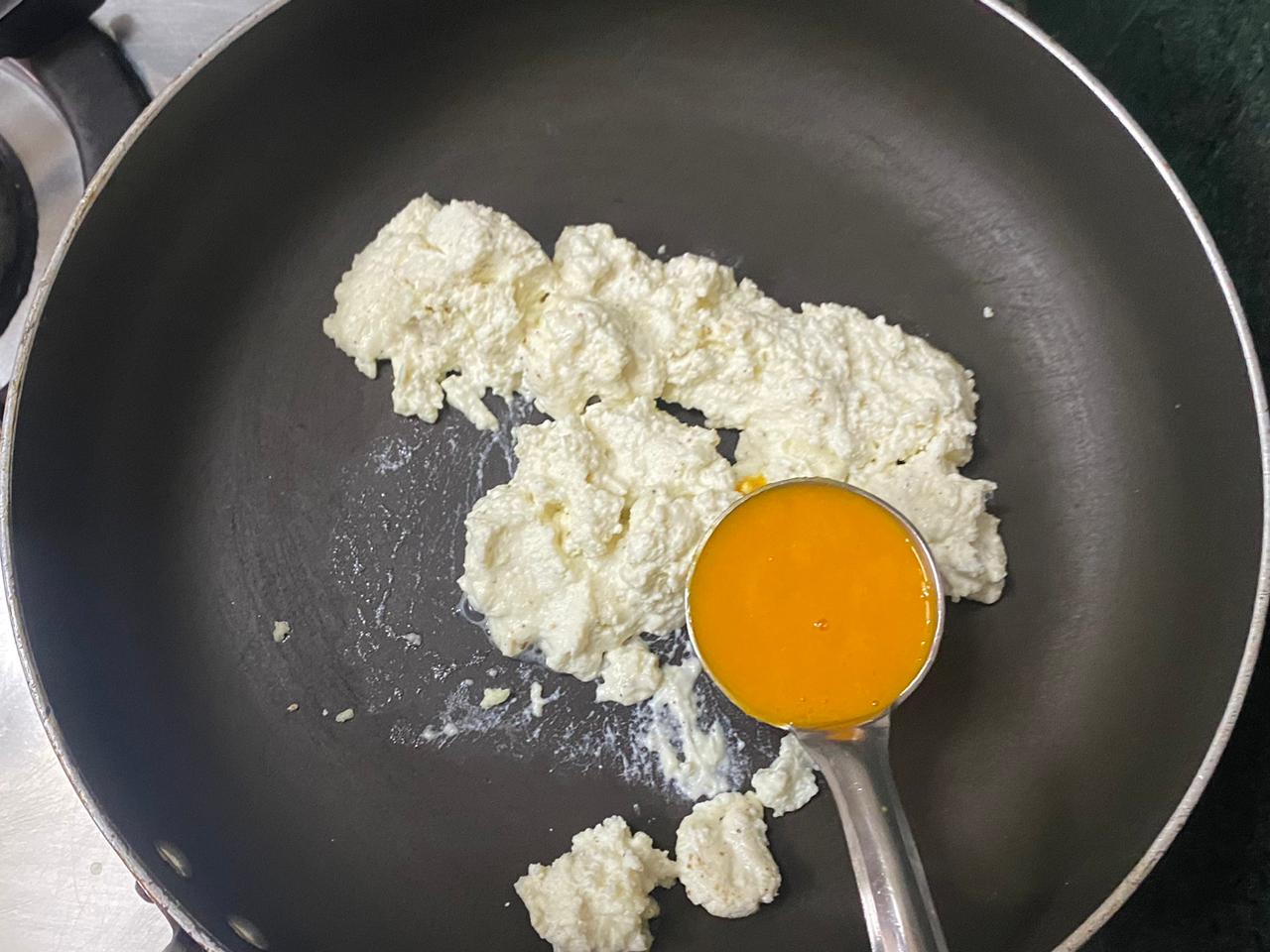
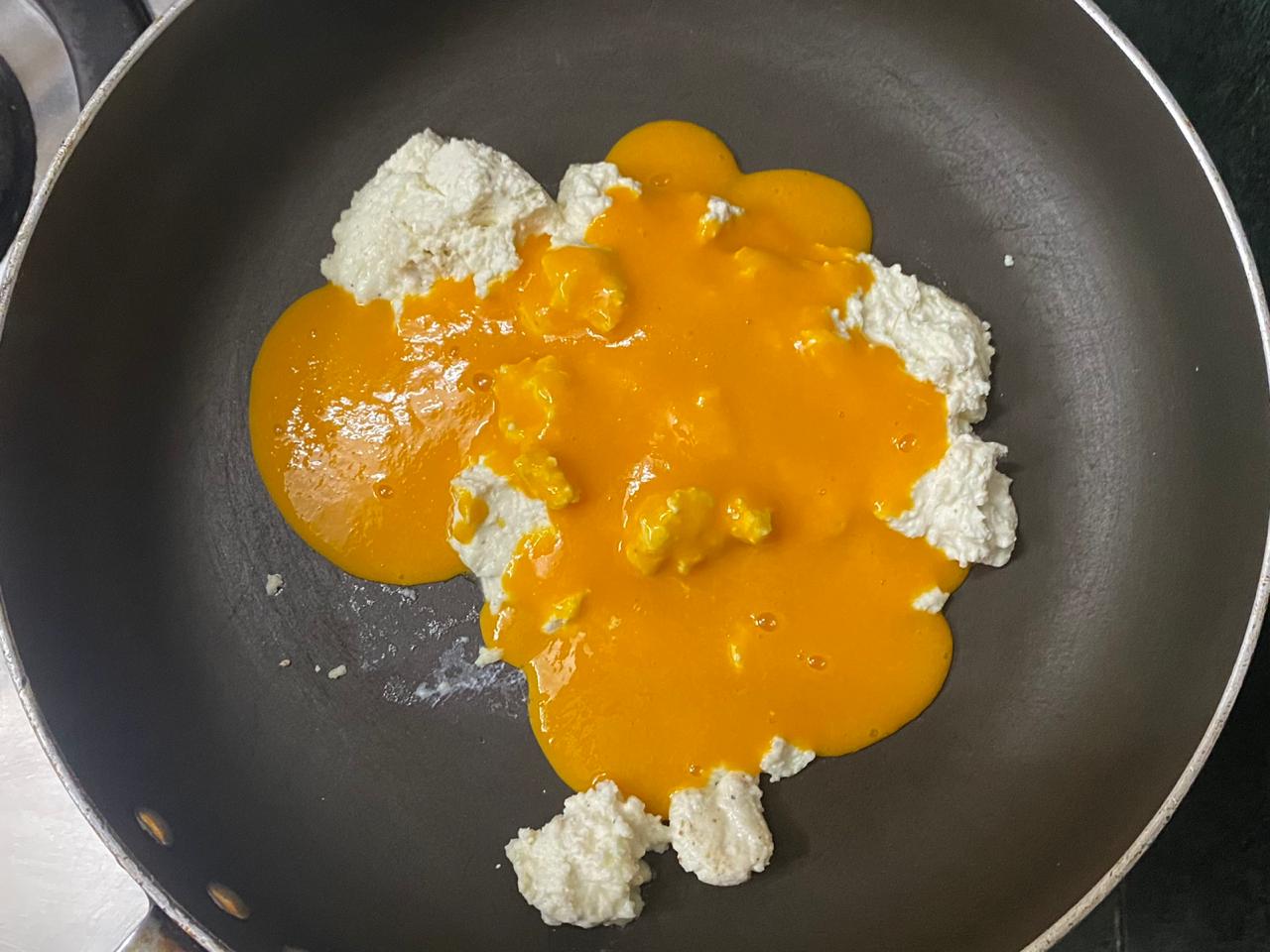
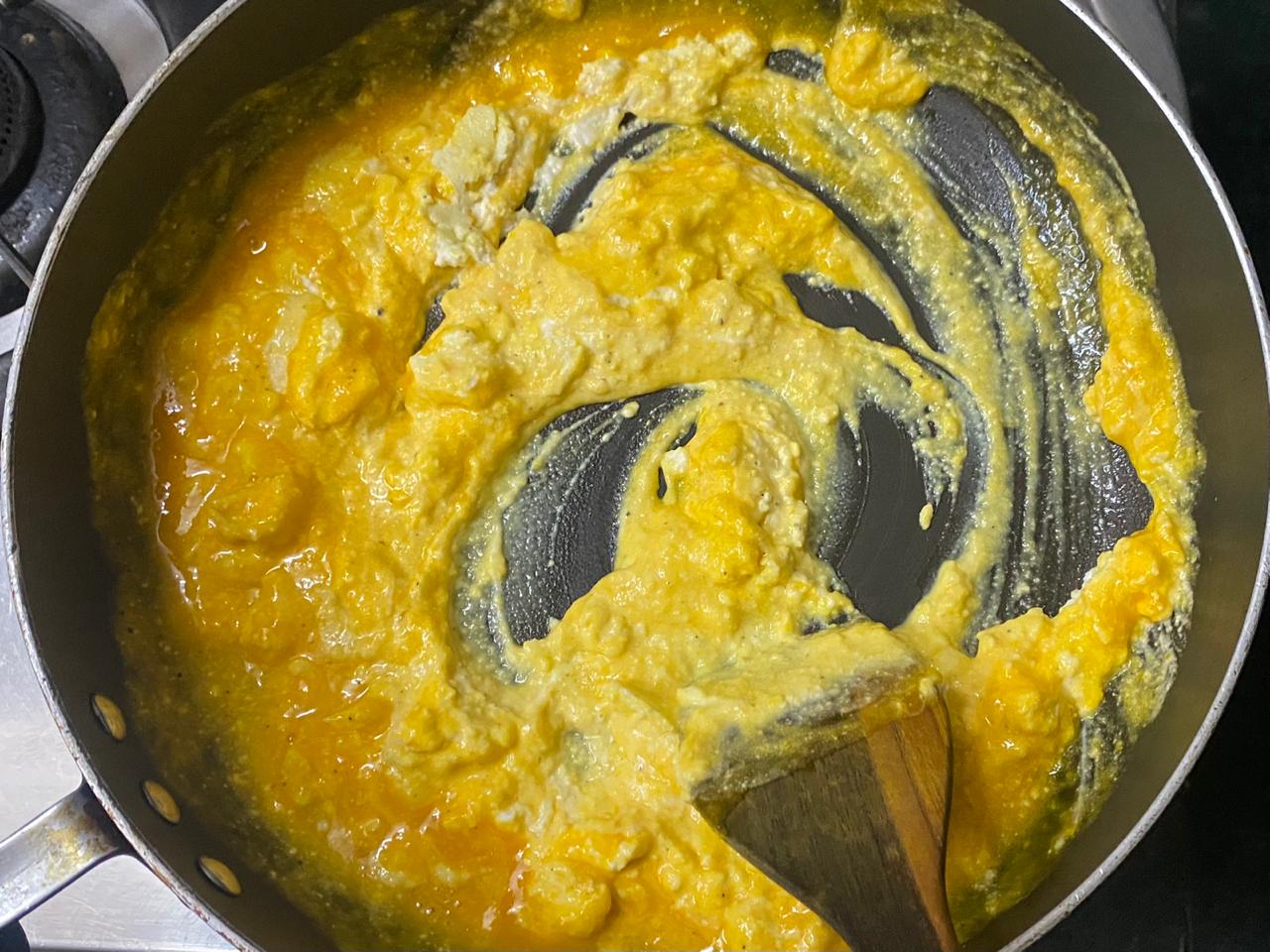
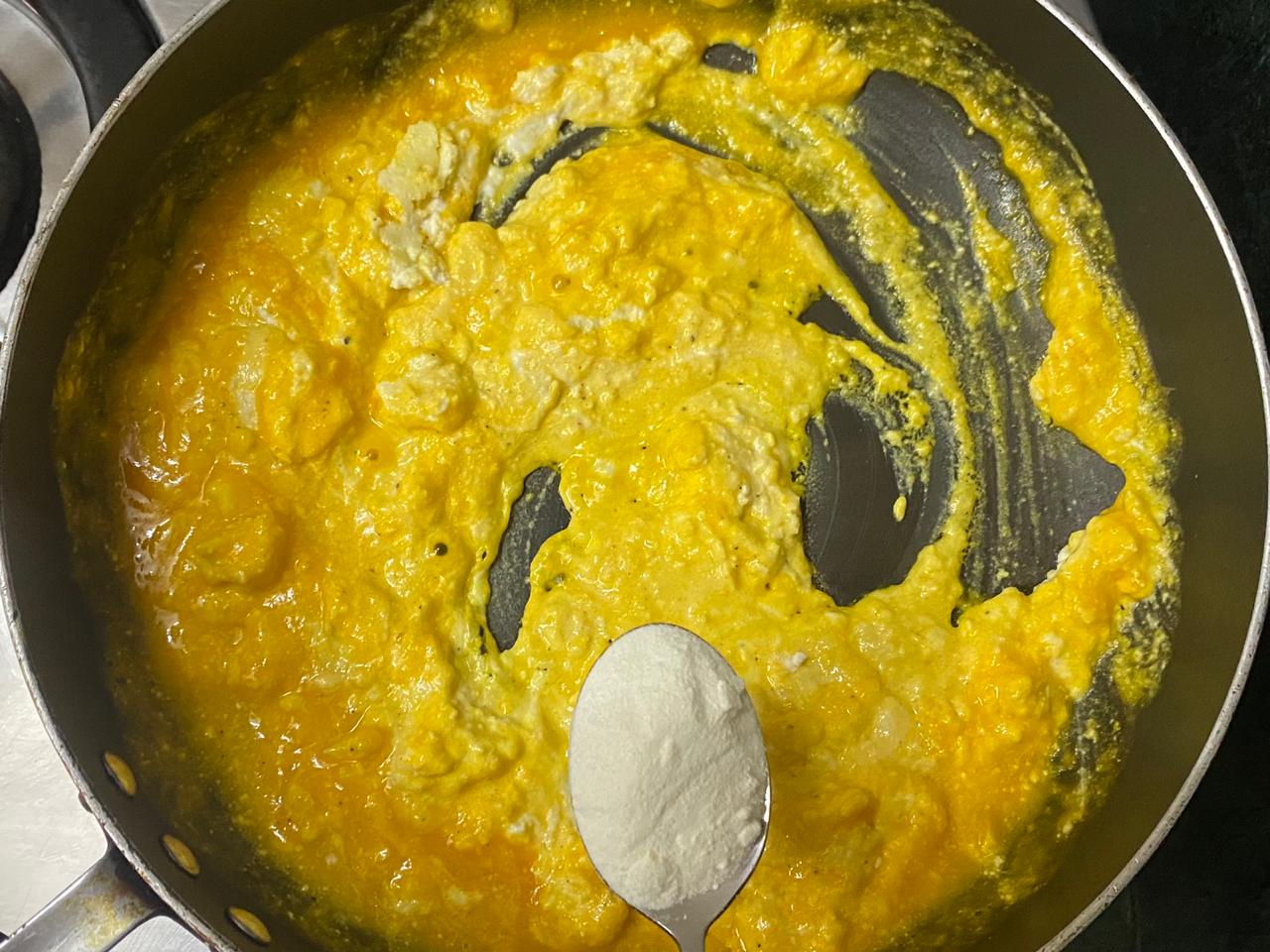
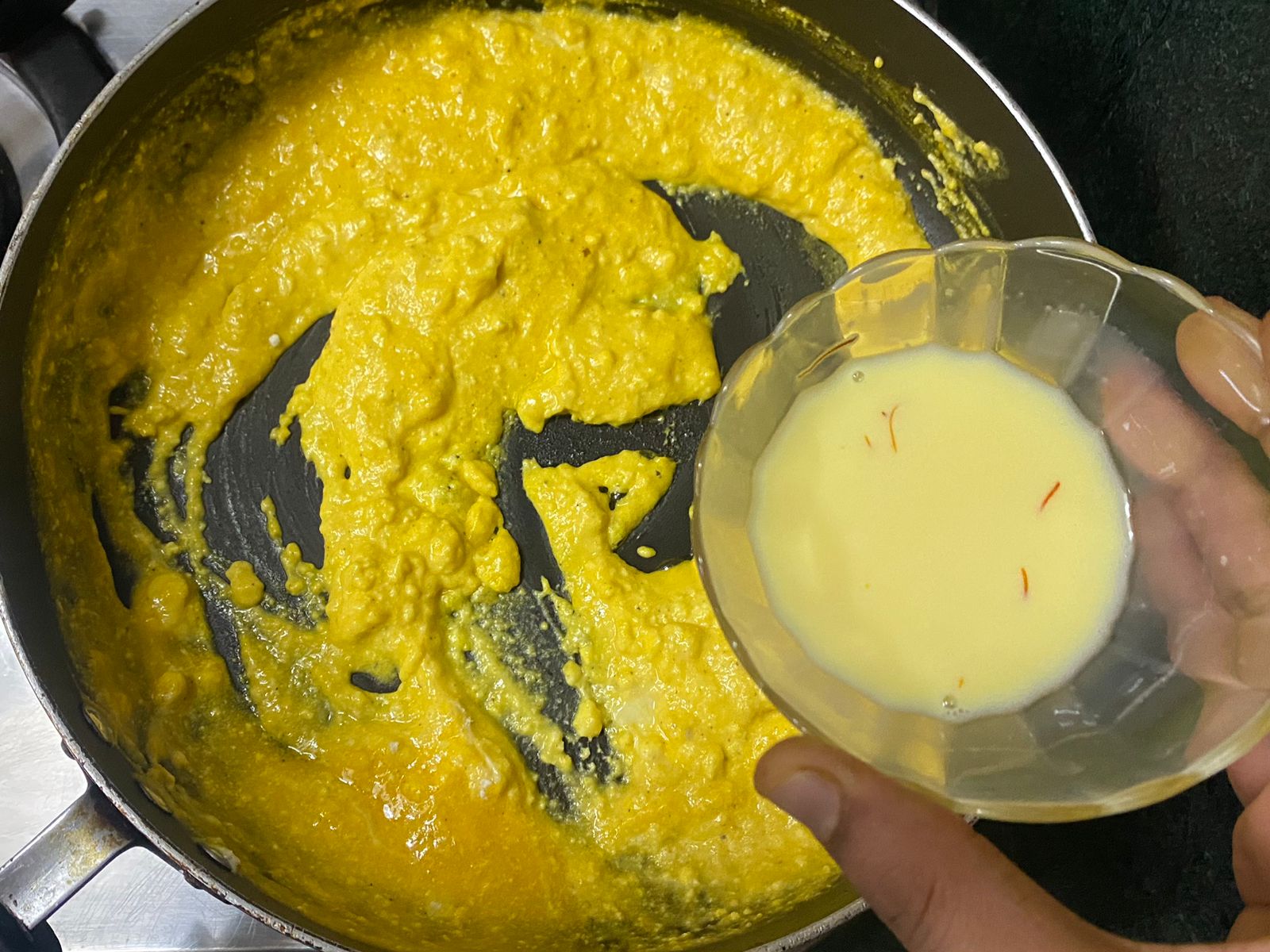
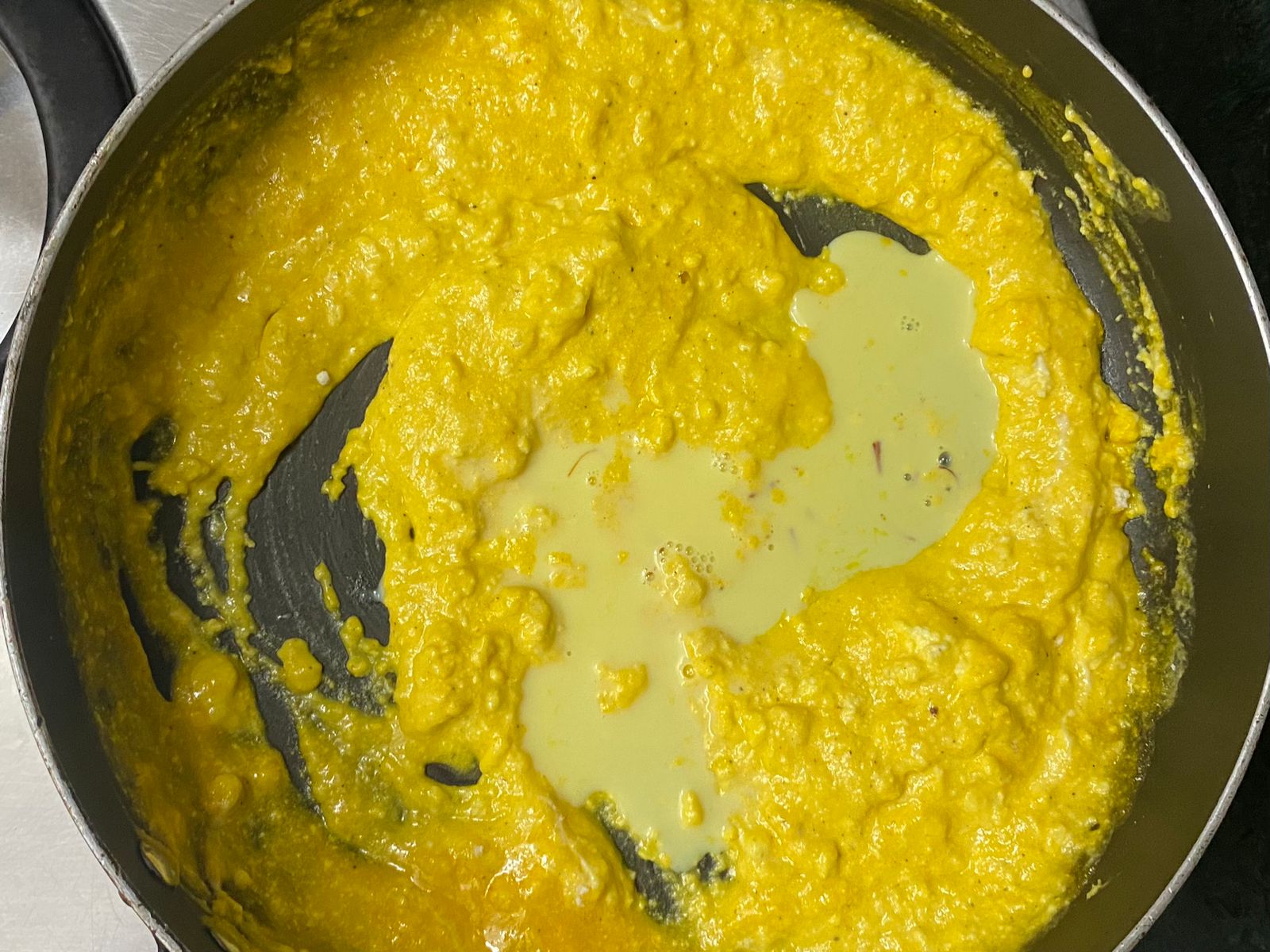
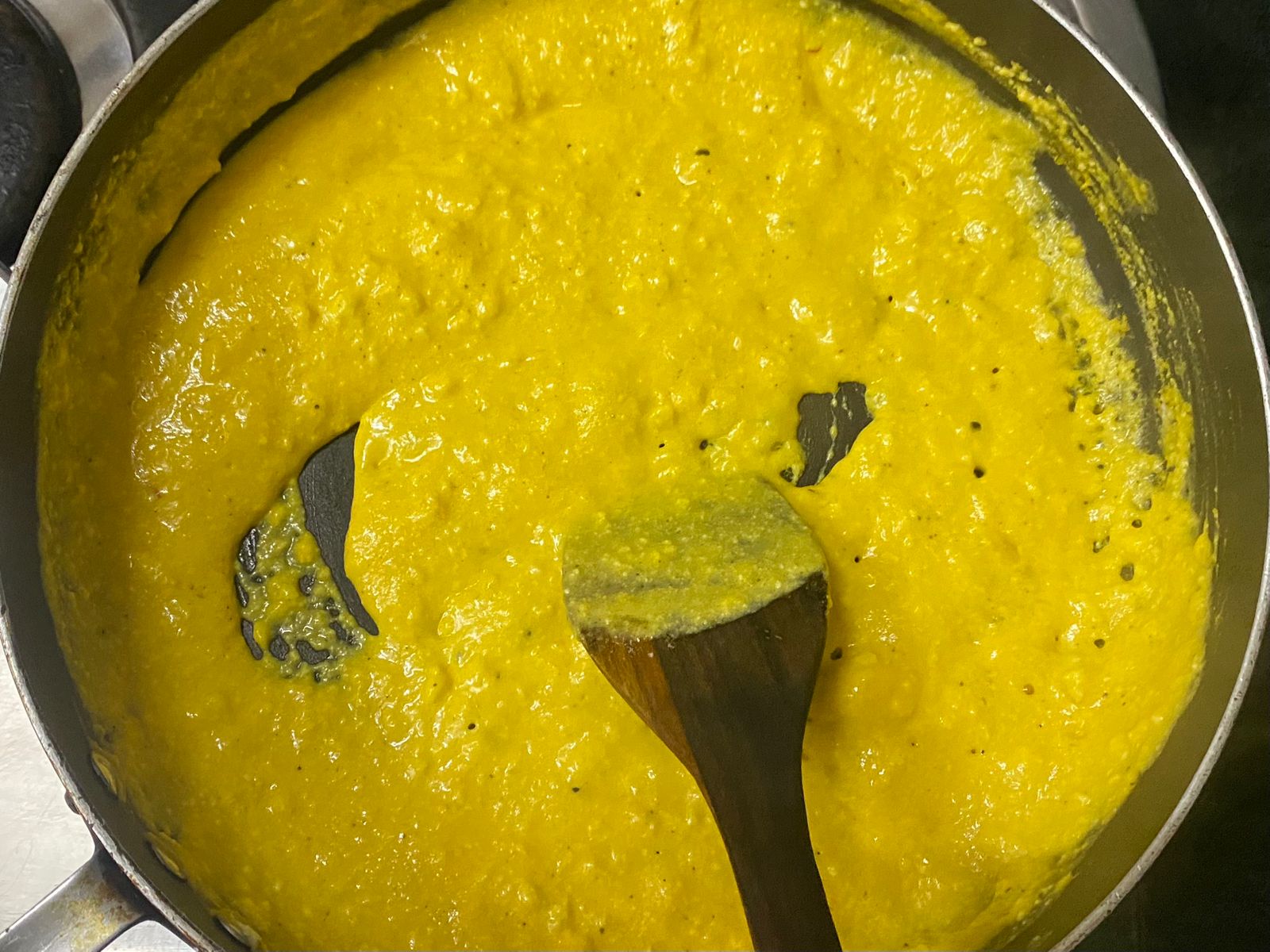
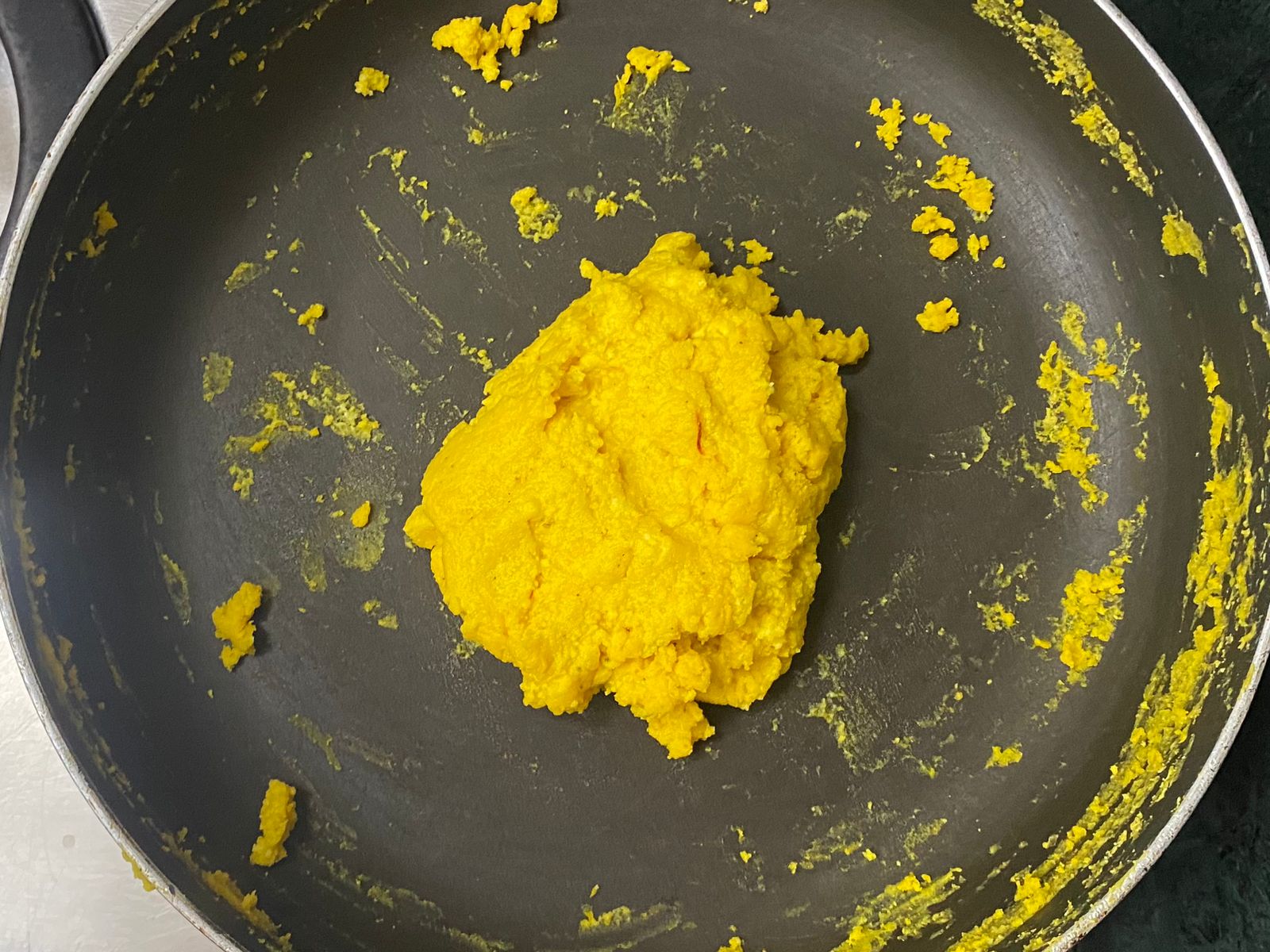
Heat a wide pan and add the chena mixture, mango pulp, milk powder and saffron milk. Cook on low heat stirring continuously for about 8-10 minutes until till it resembles a soft lumpy dough. Turn the heat off.
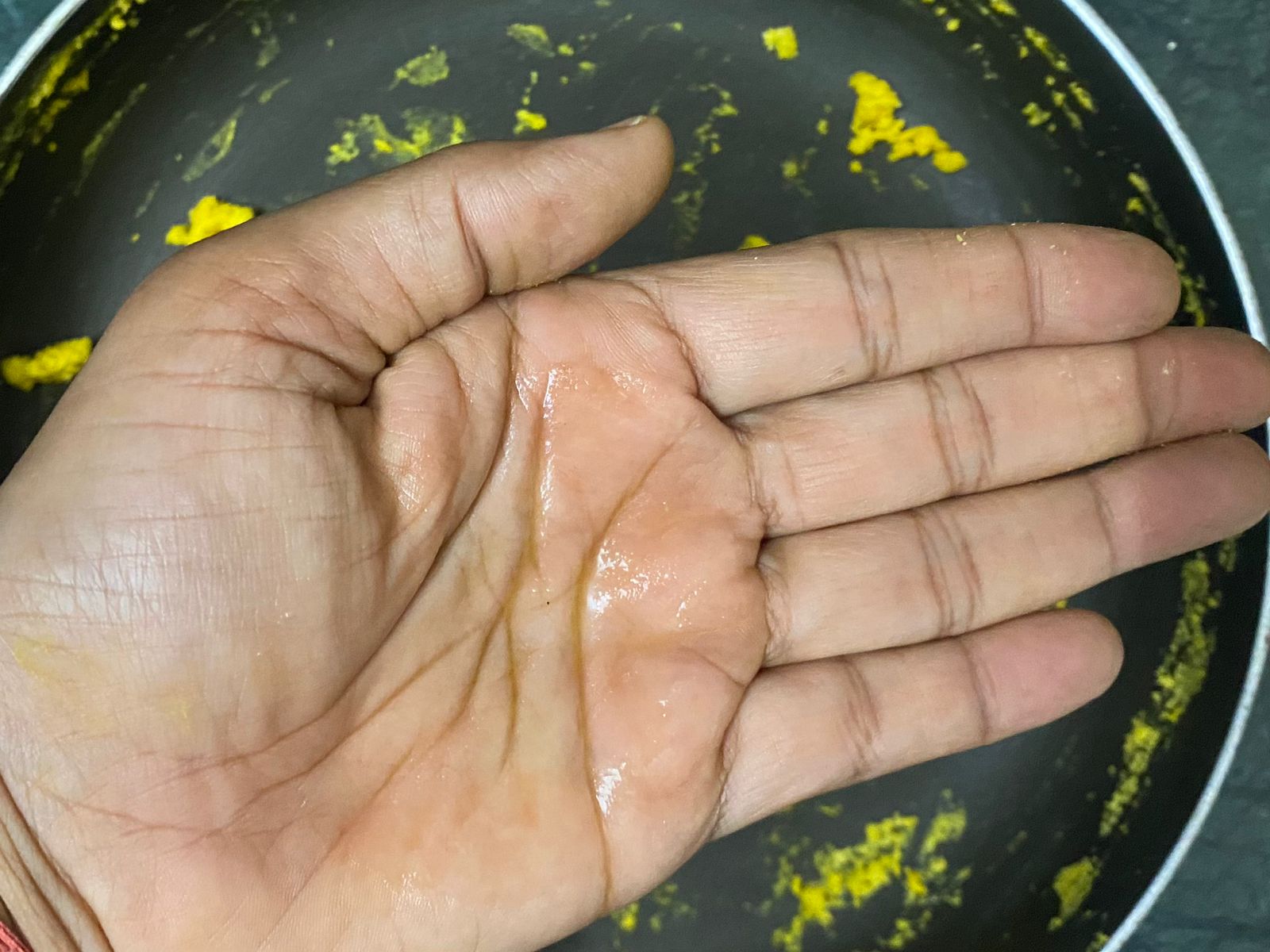
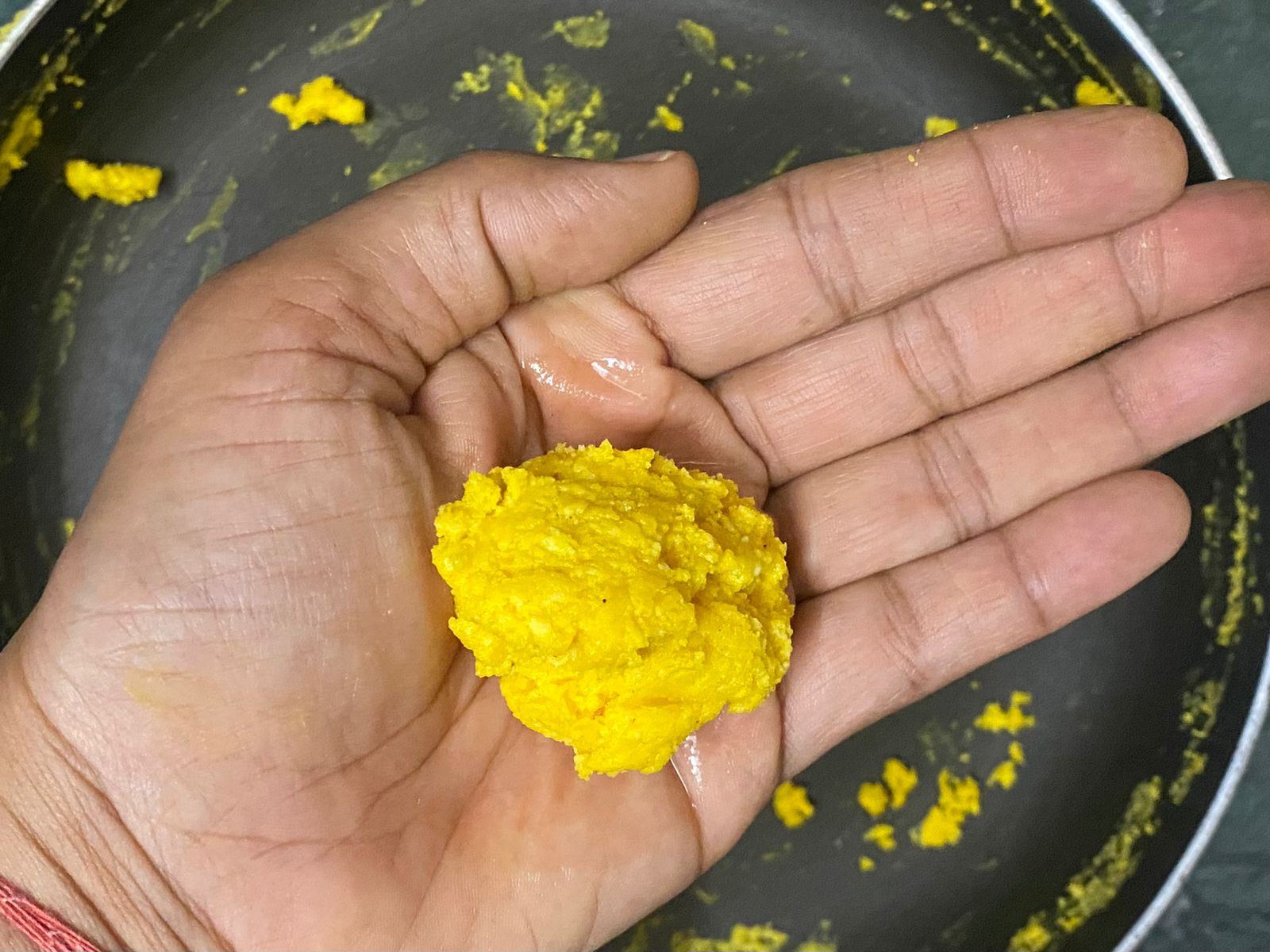
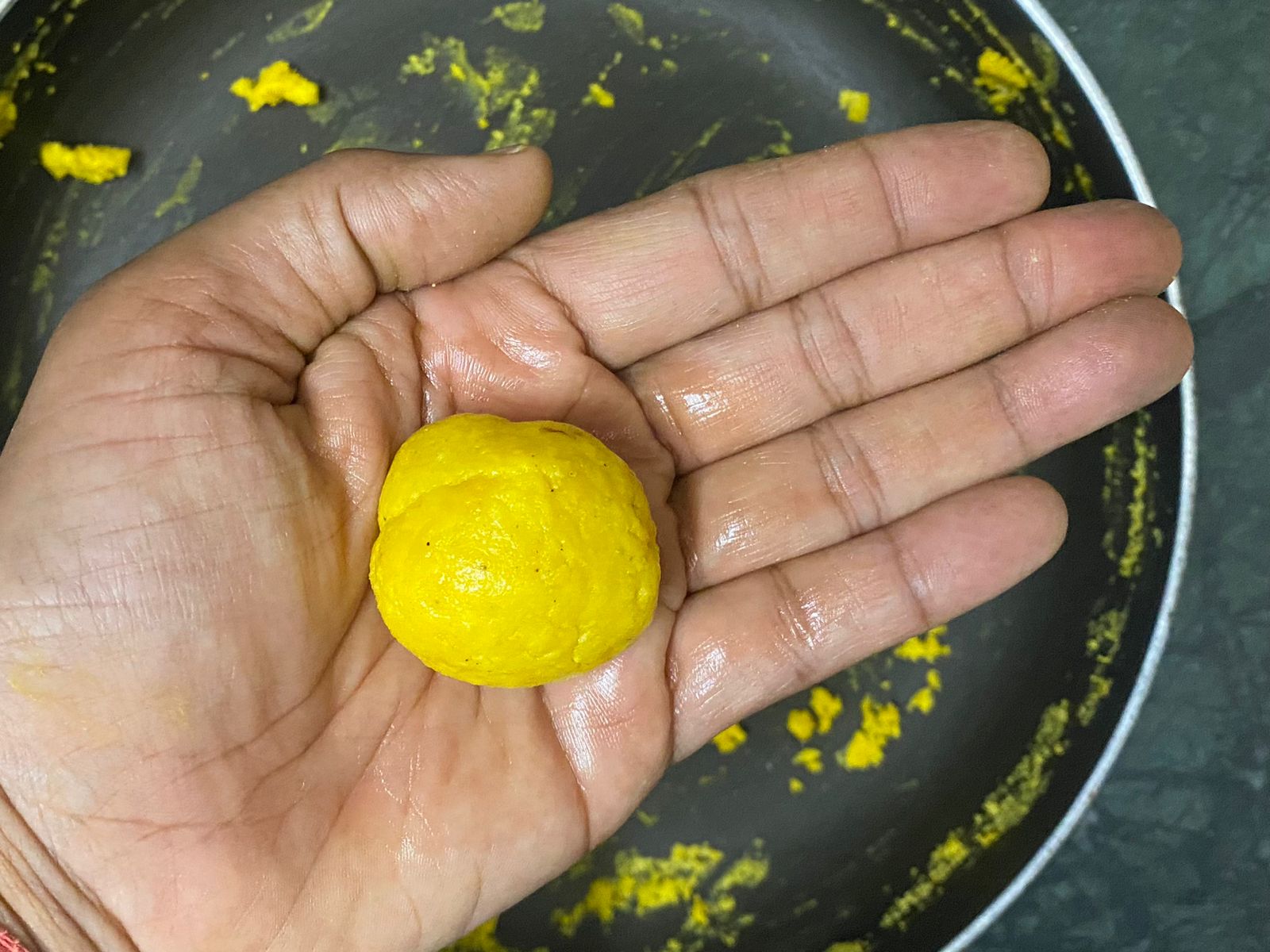
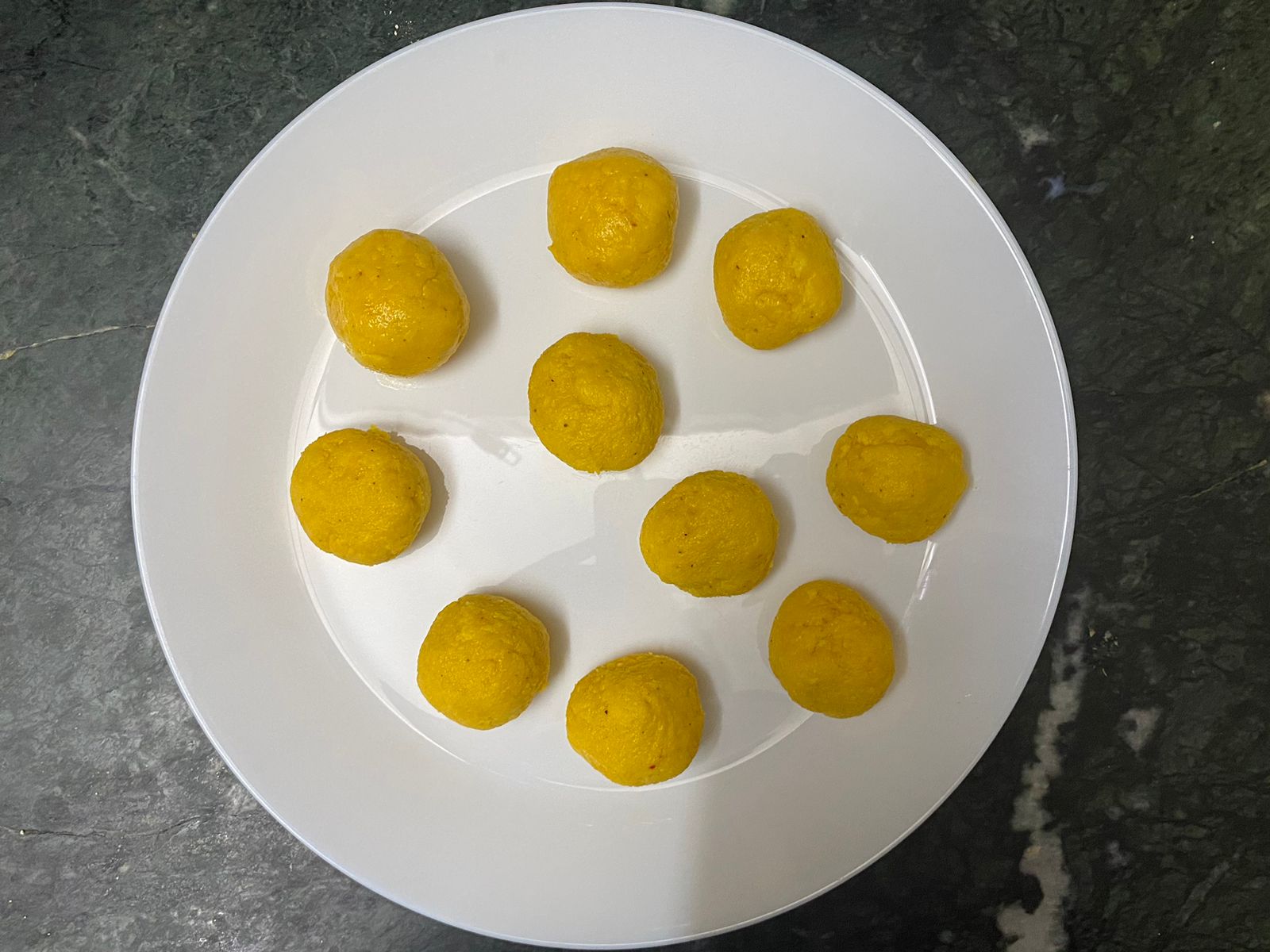
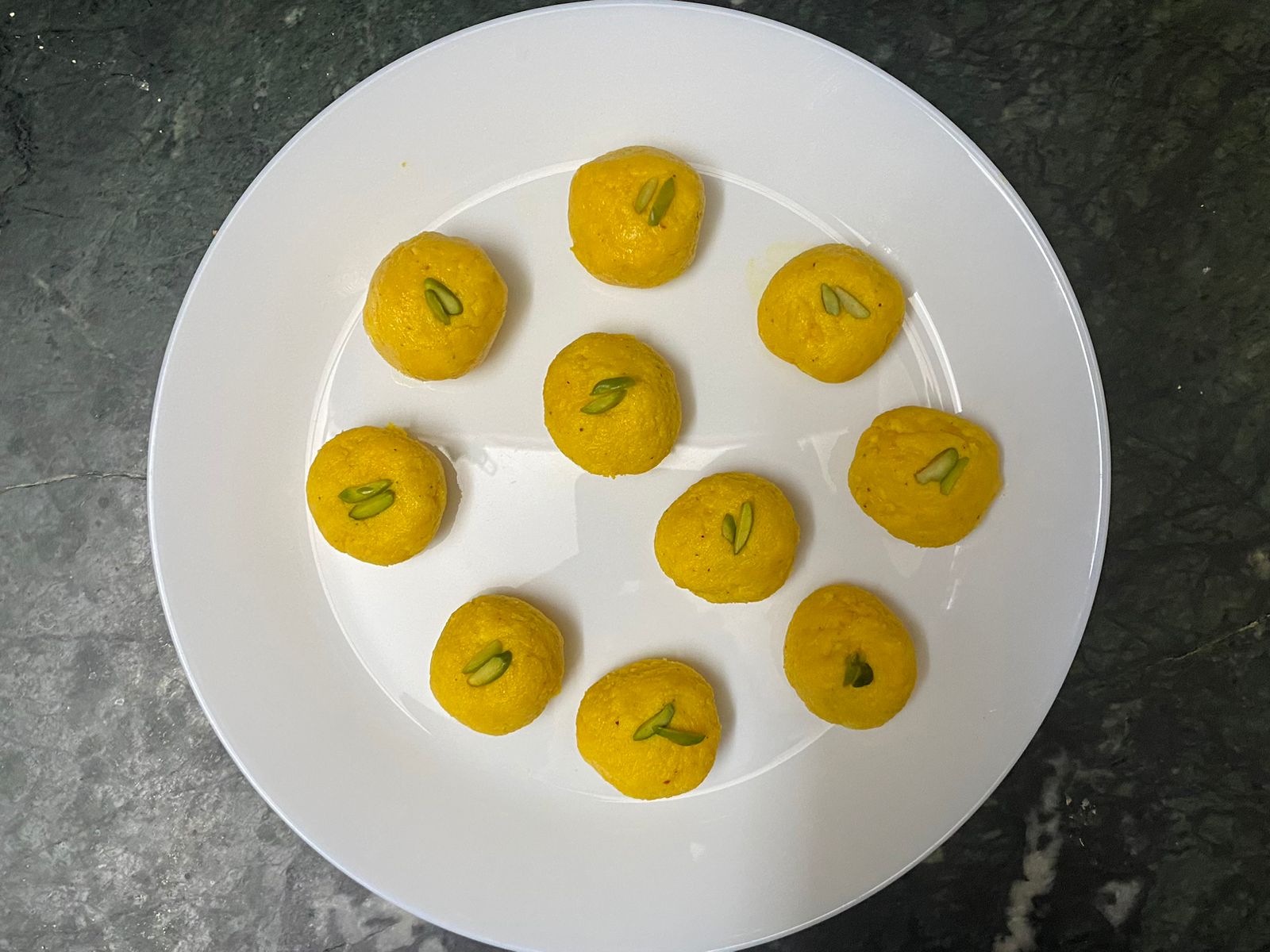
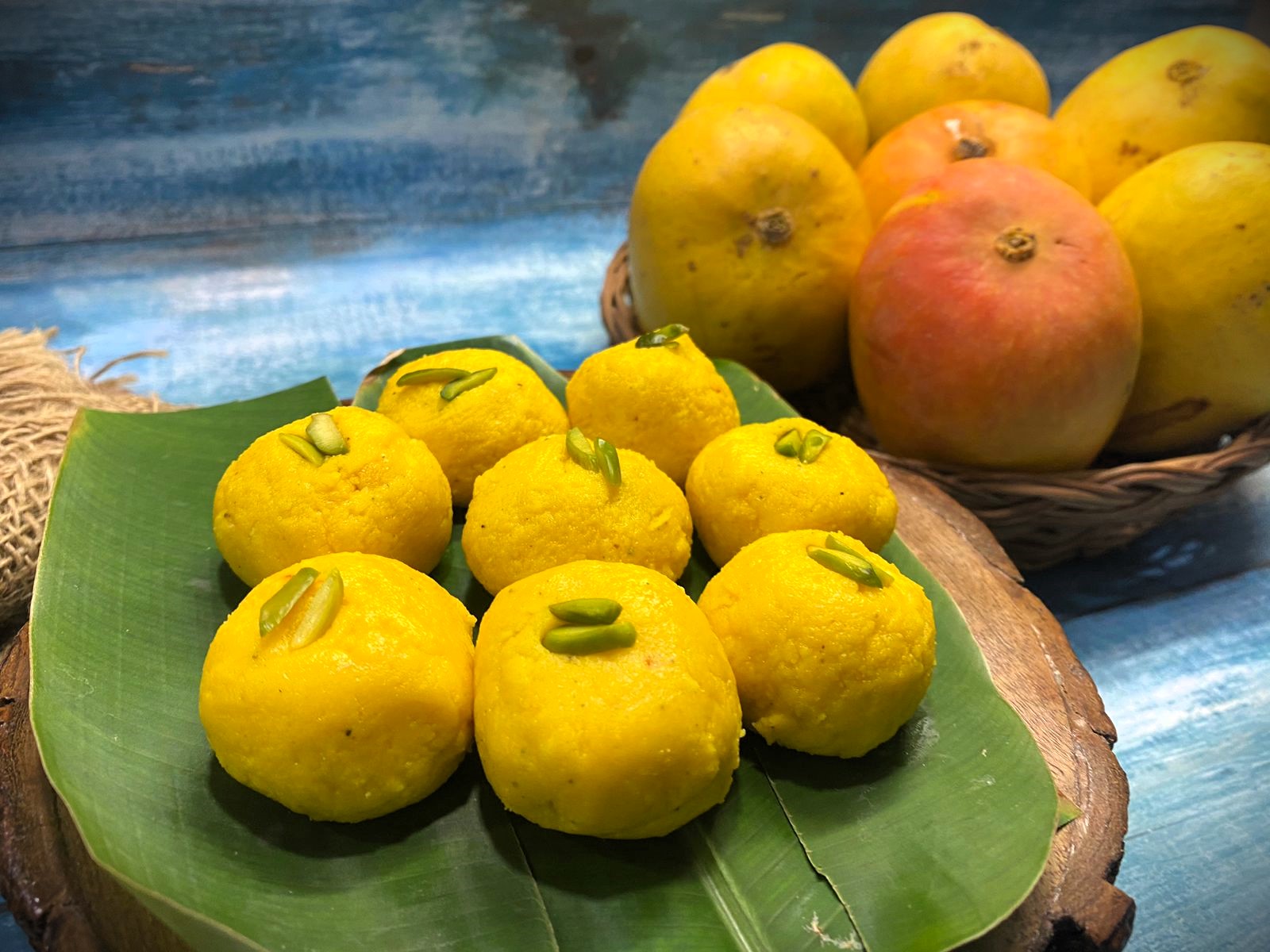
When the mixture is slightly cooled and is okay to touch, divide it into equal portions. Grease the hands with ghee and take a spoonful of the mango sandesh mixture and make balls out of it. You may shape sandesh as you like.
Garnish with pistachio. Chill in the fridge for 2-3 hours.
Enjoy it cold!


